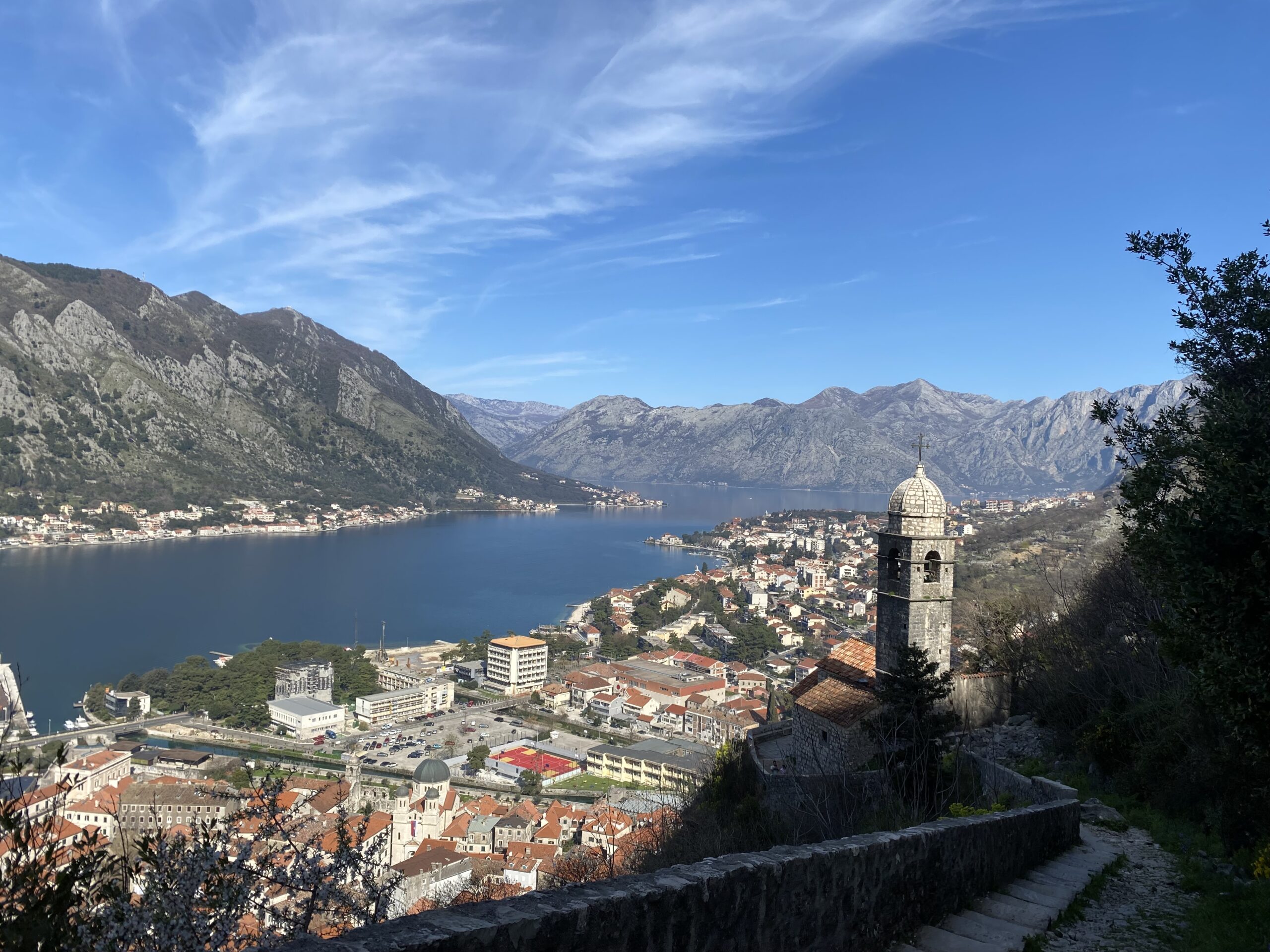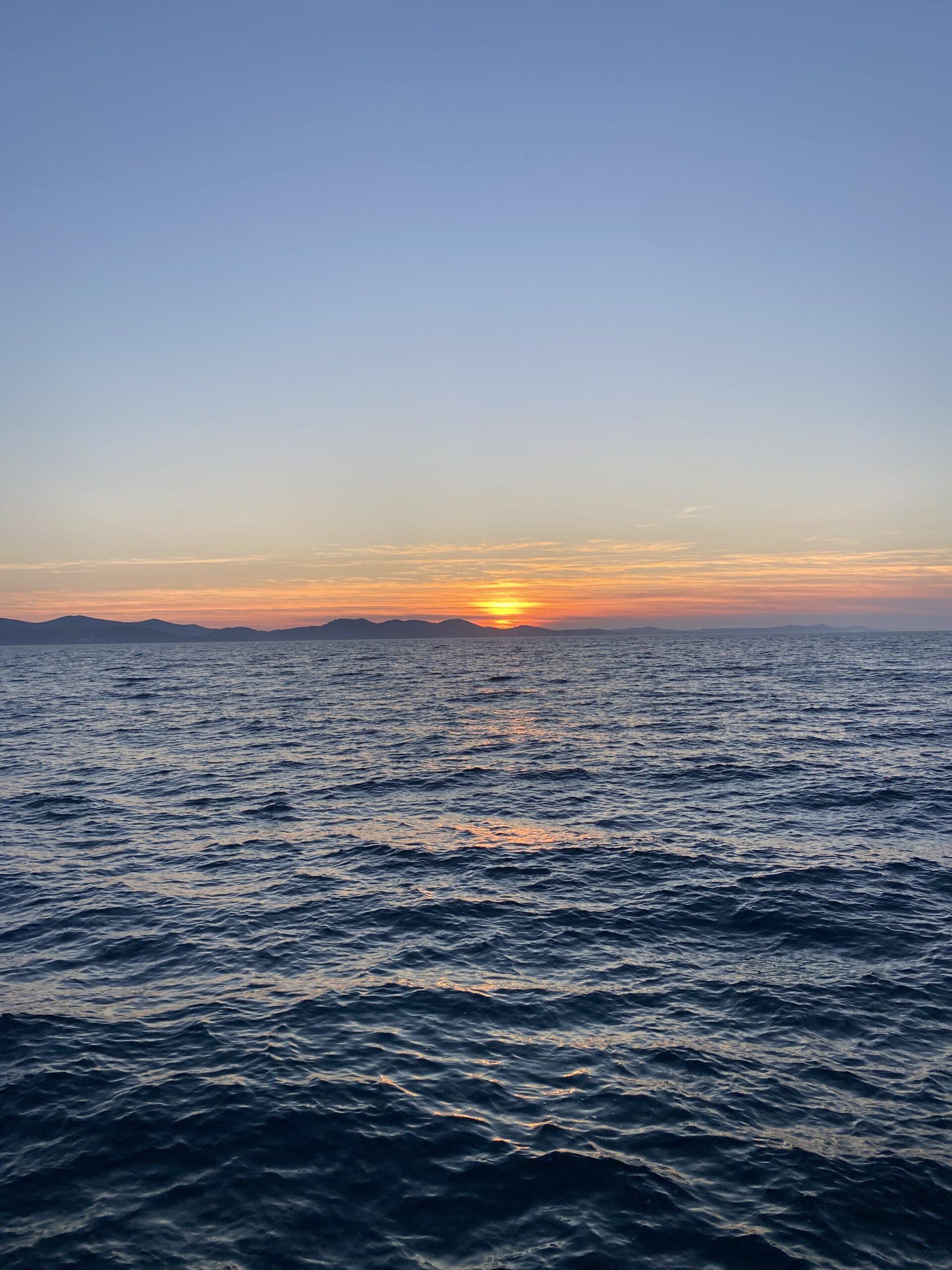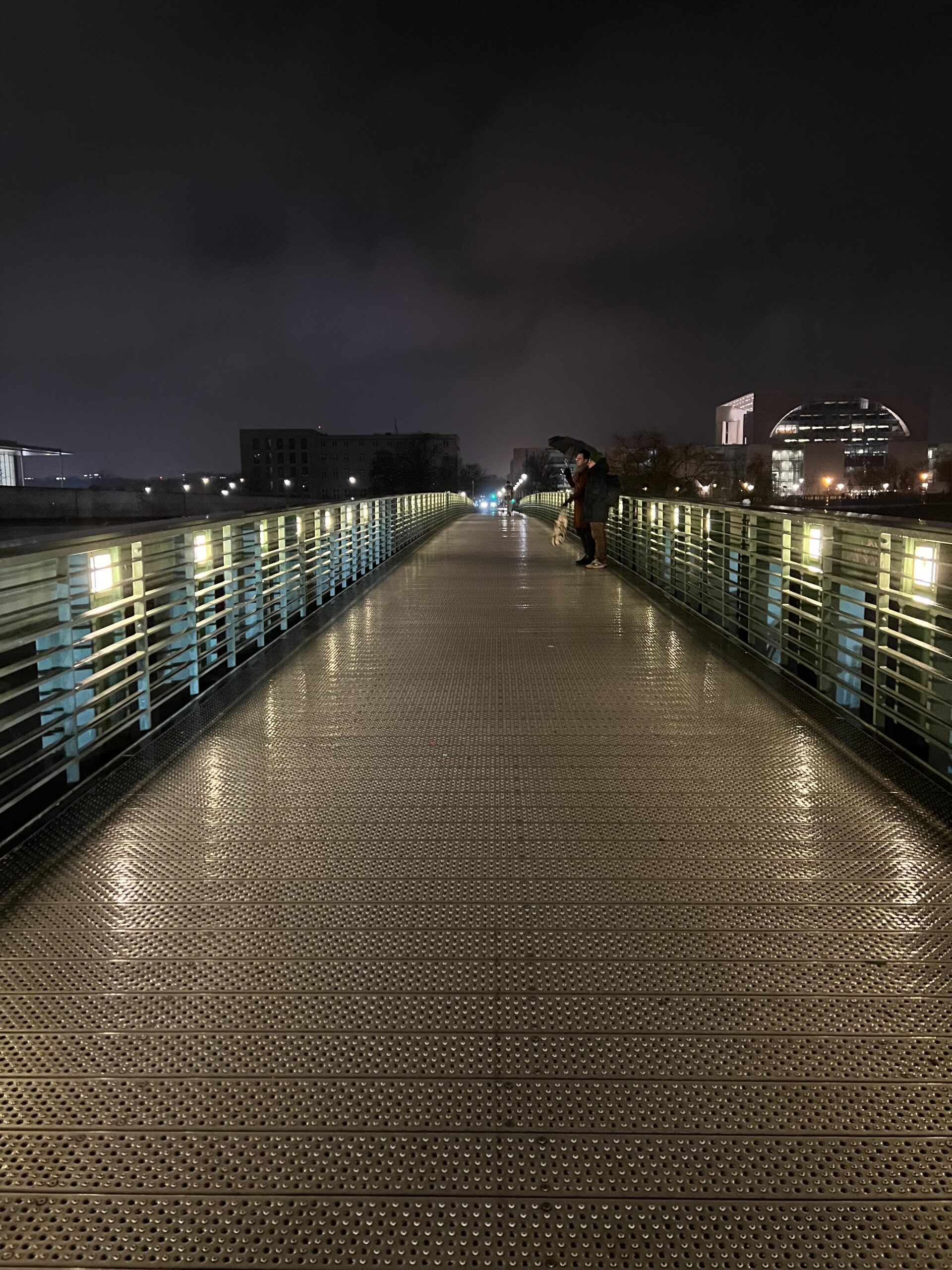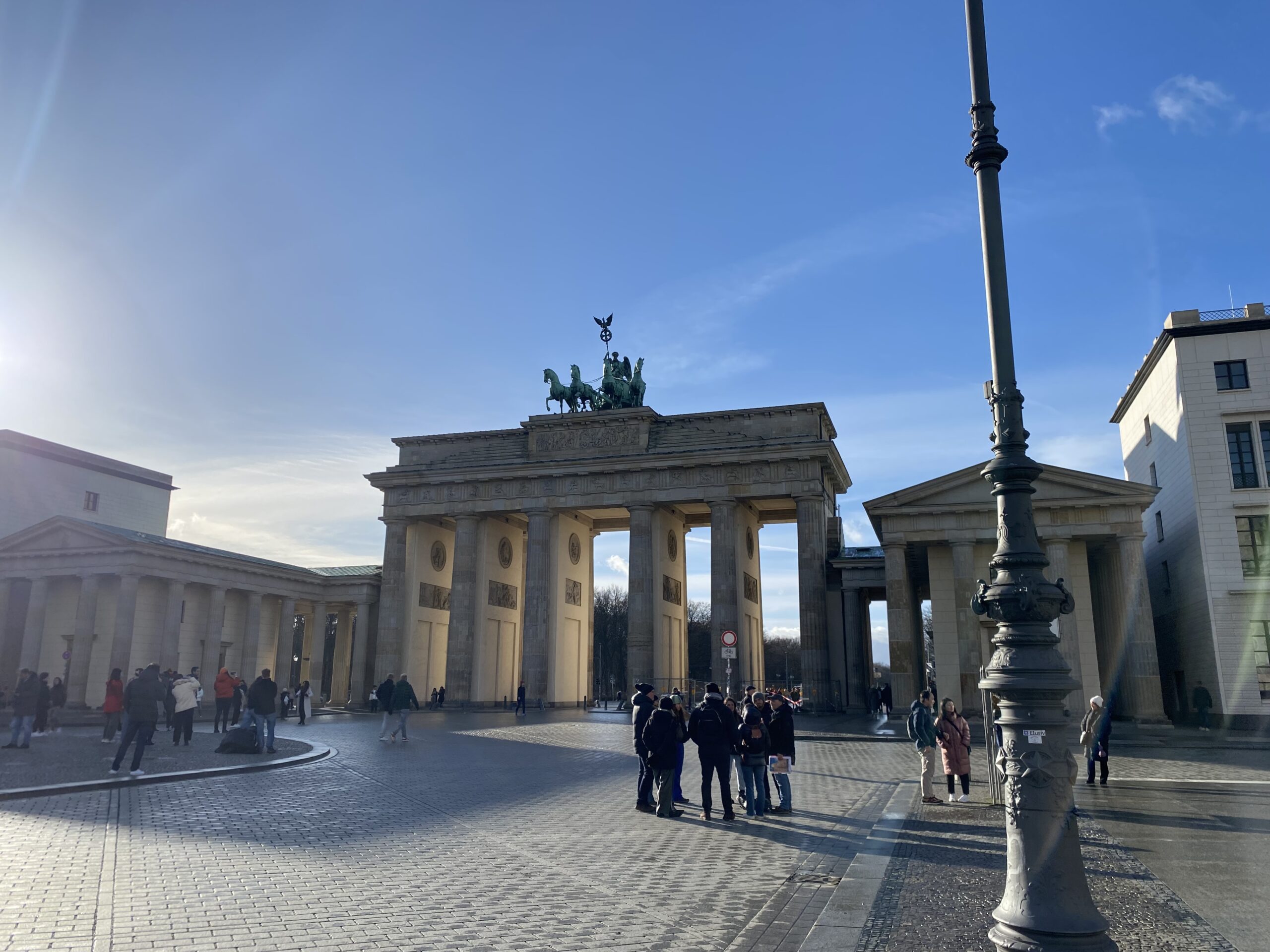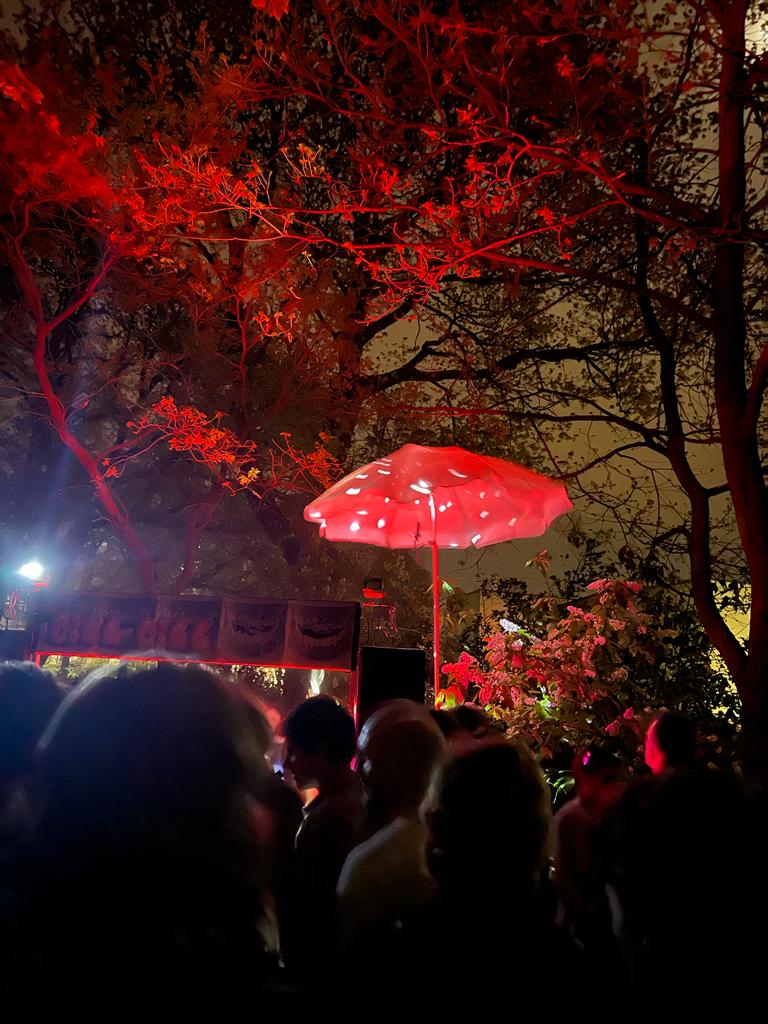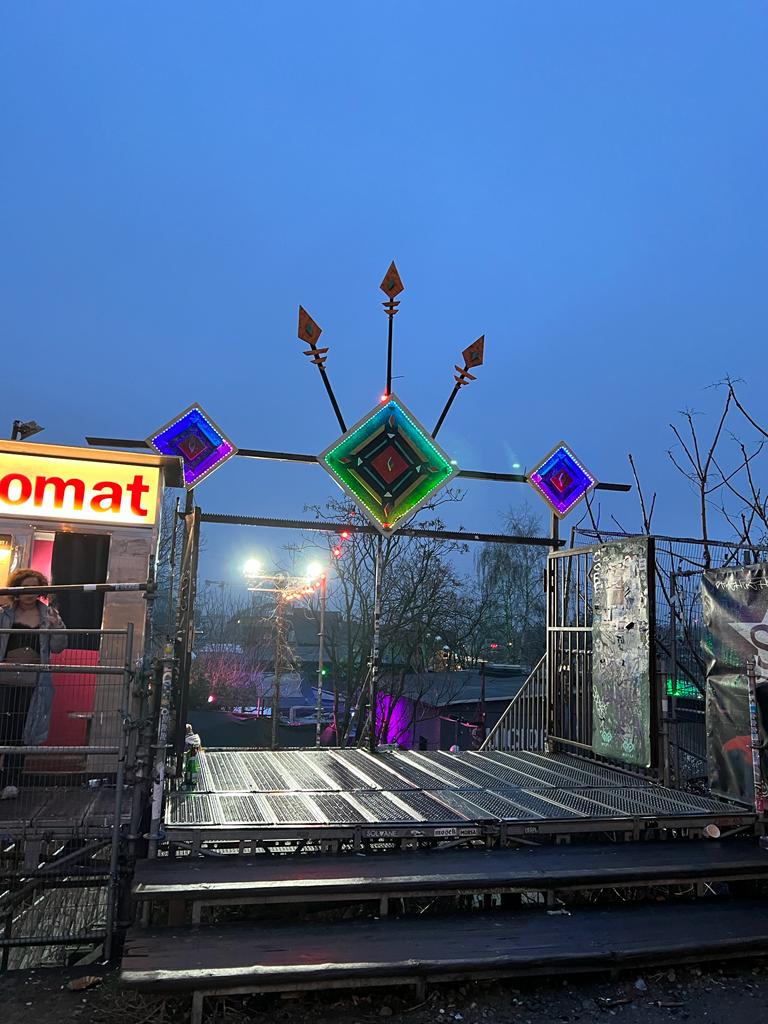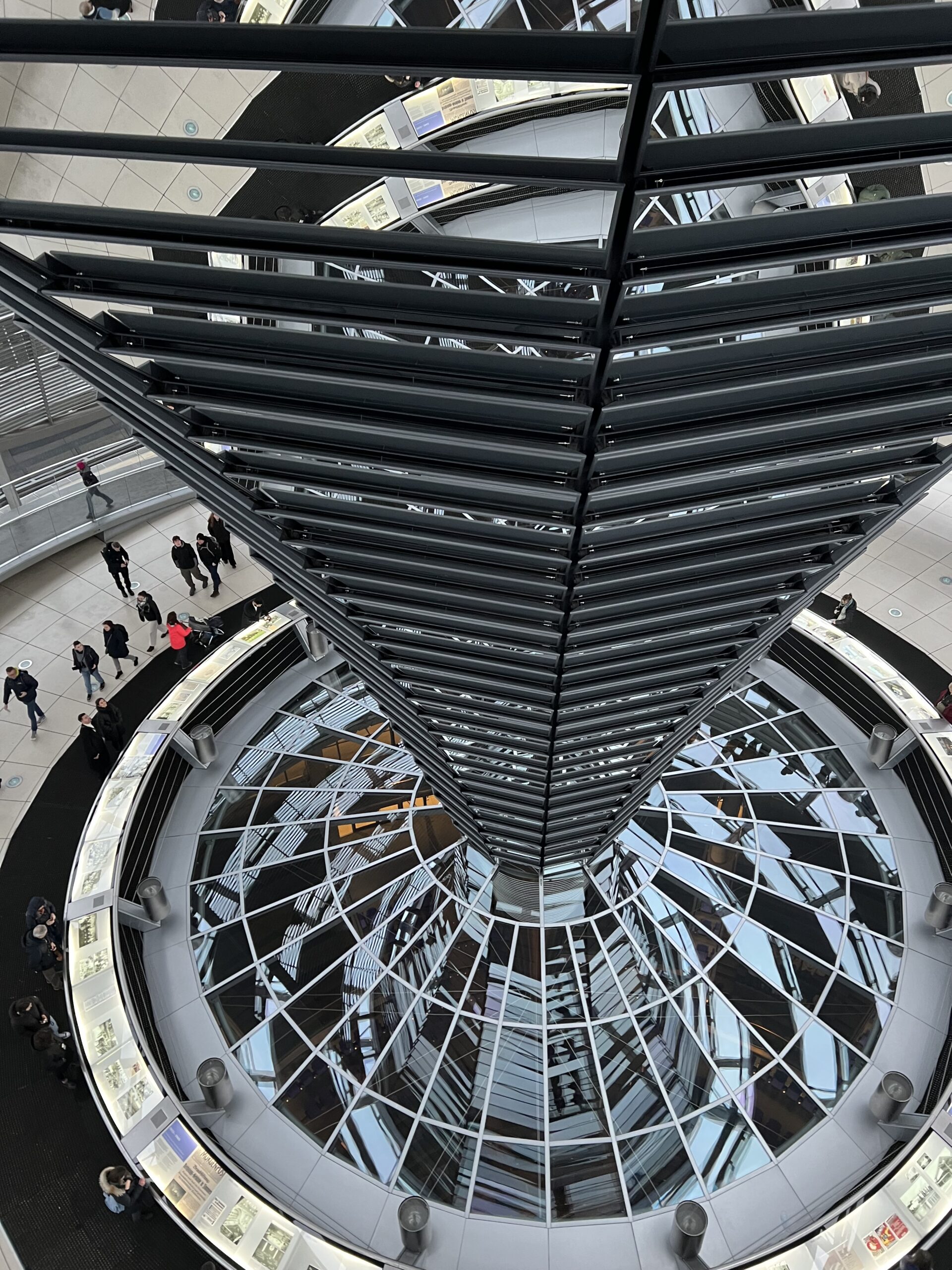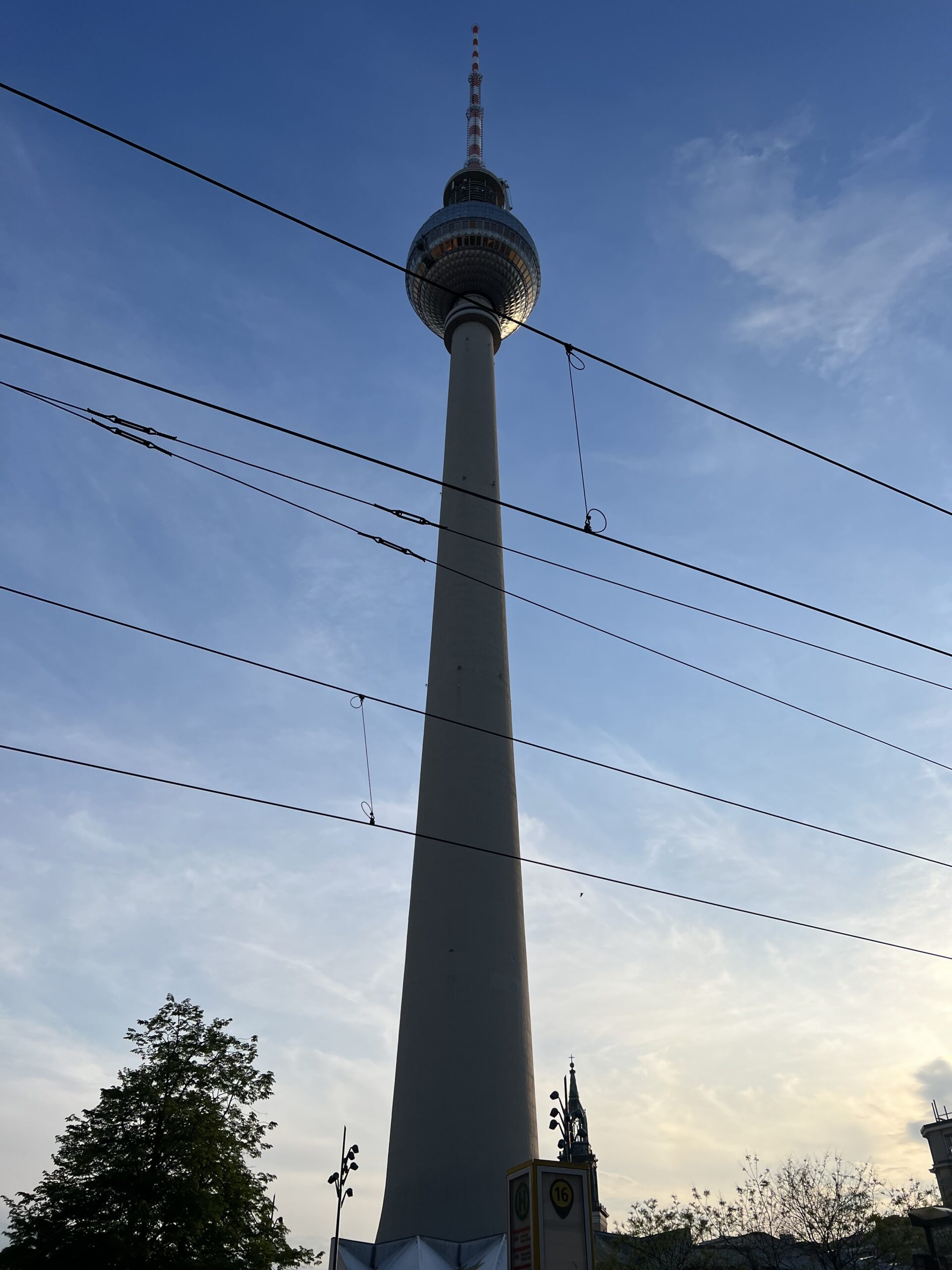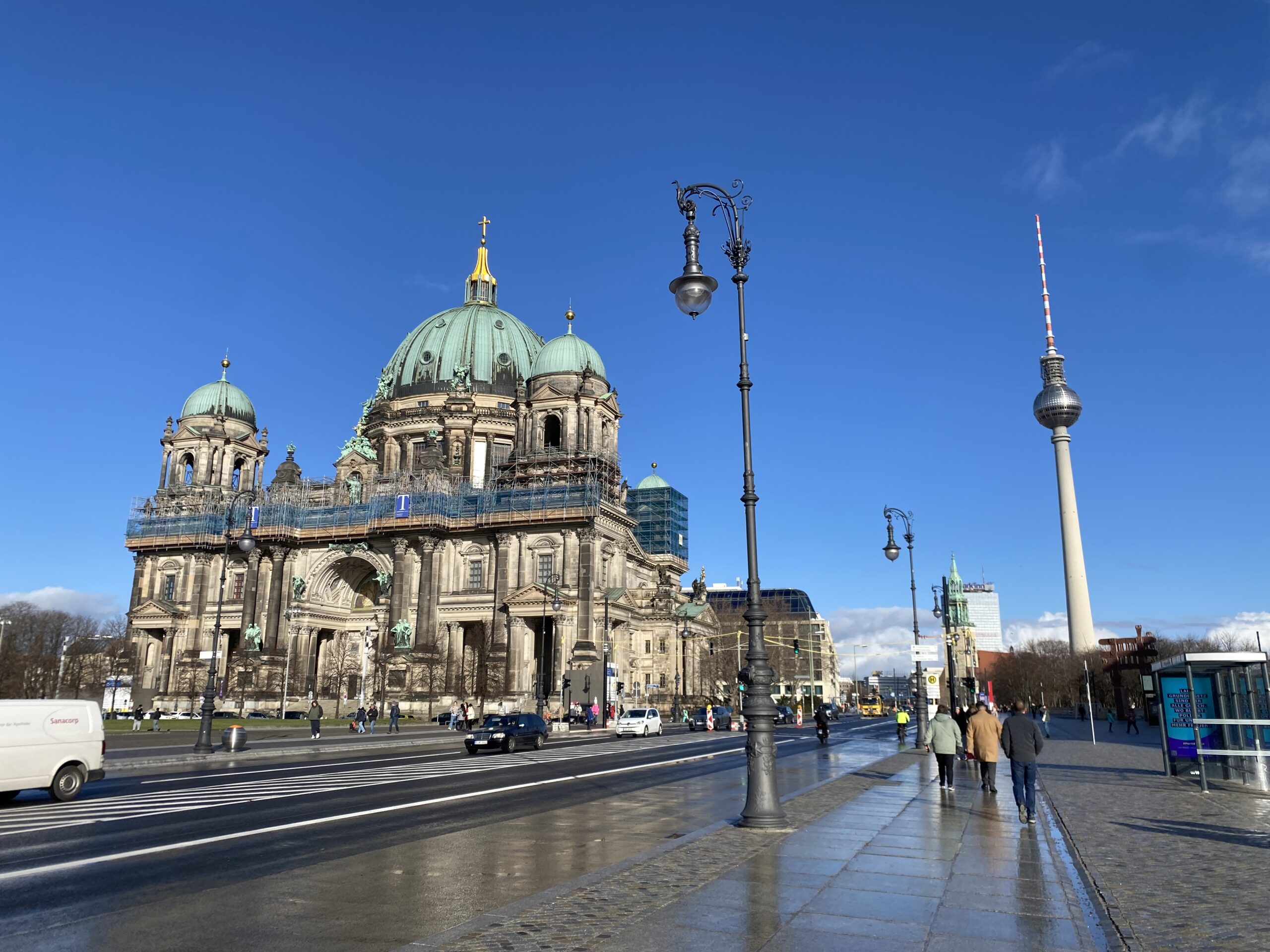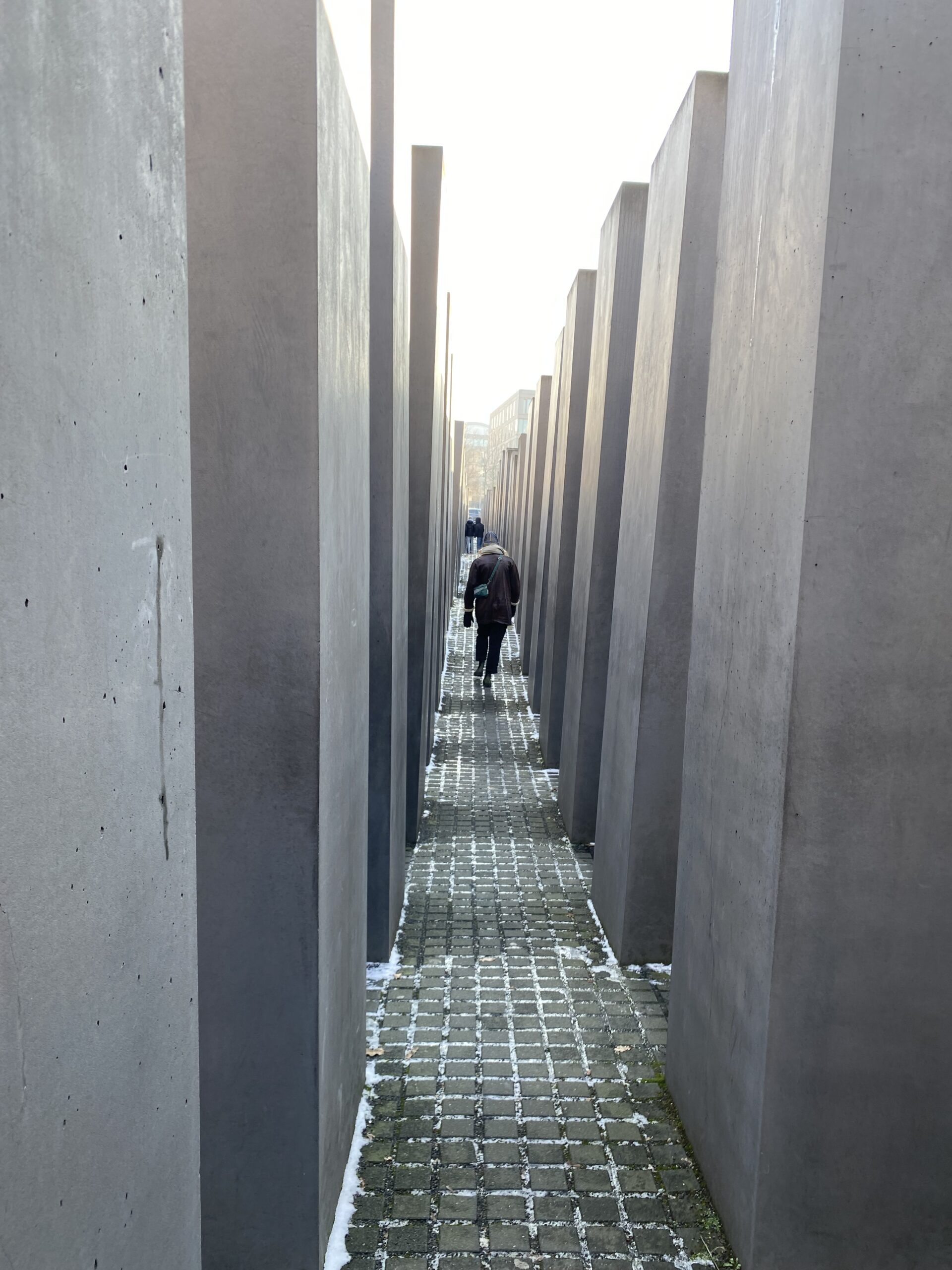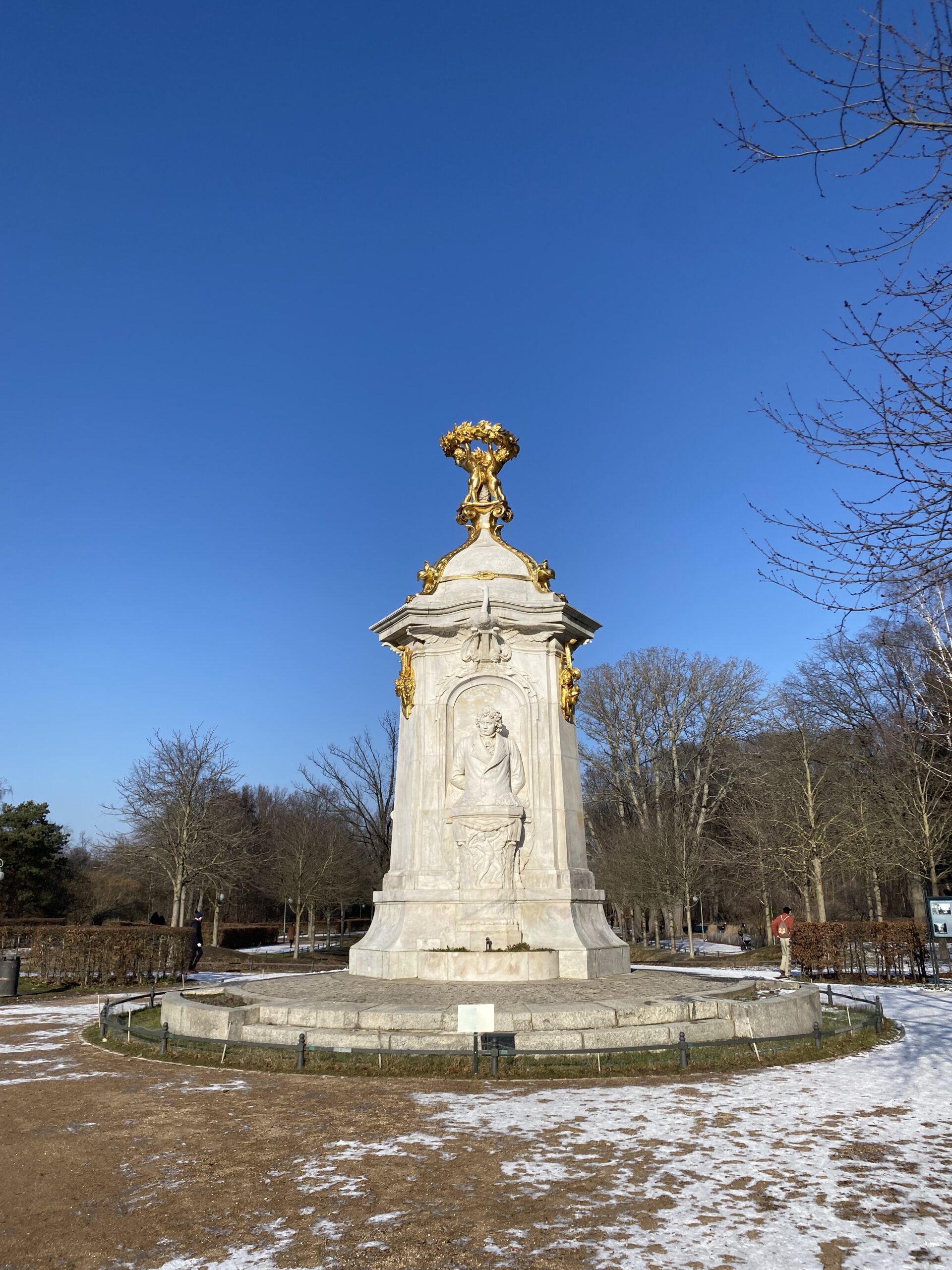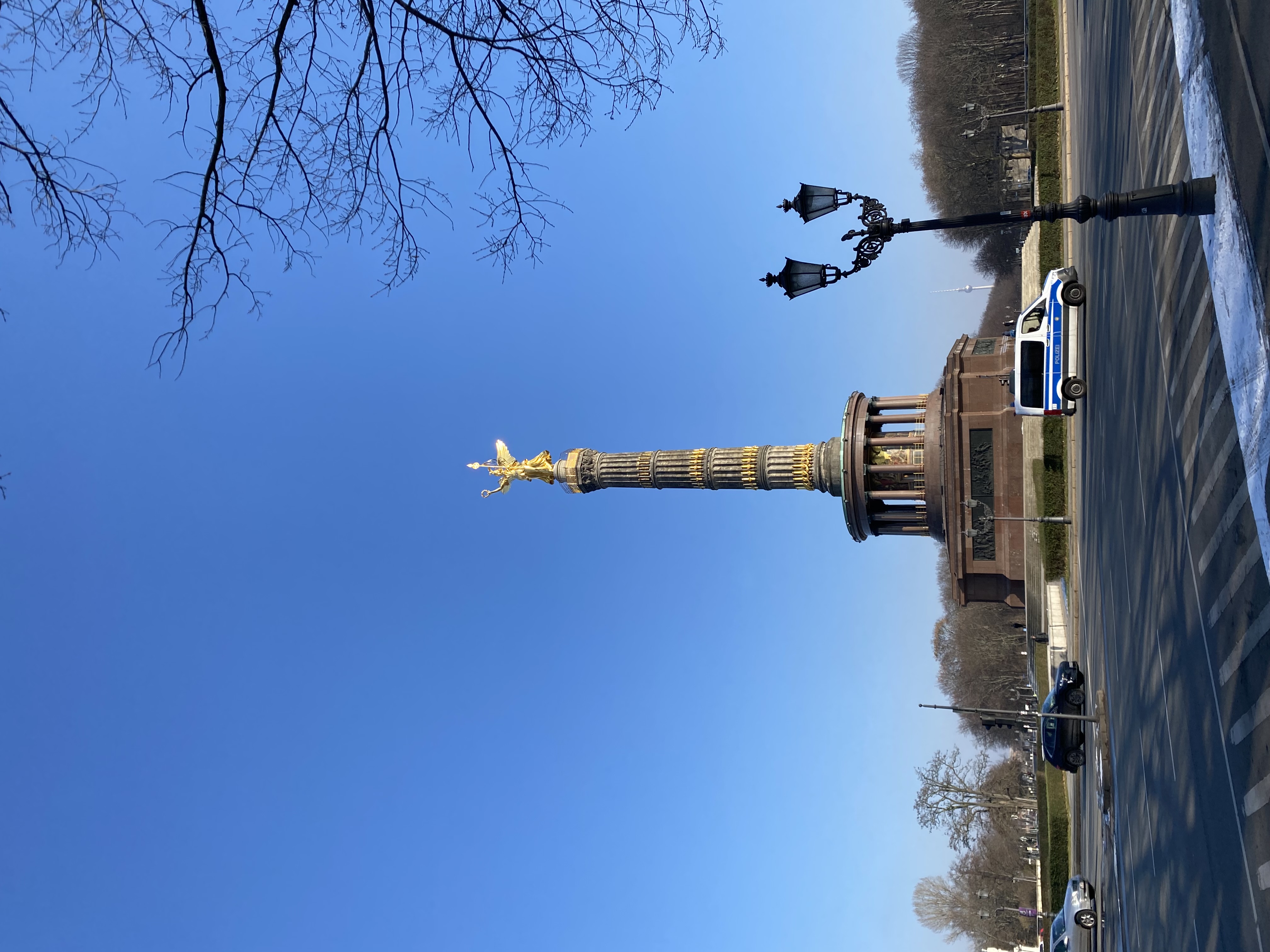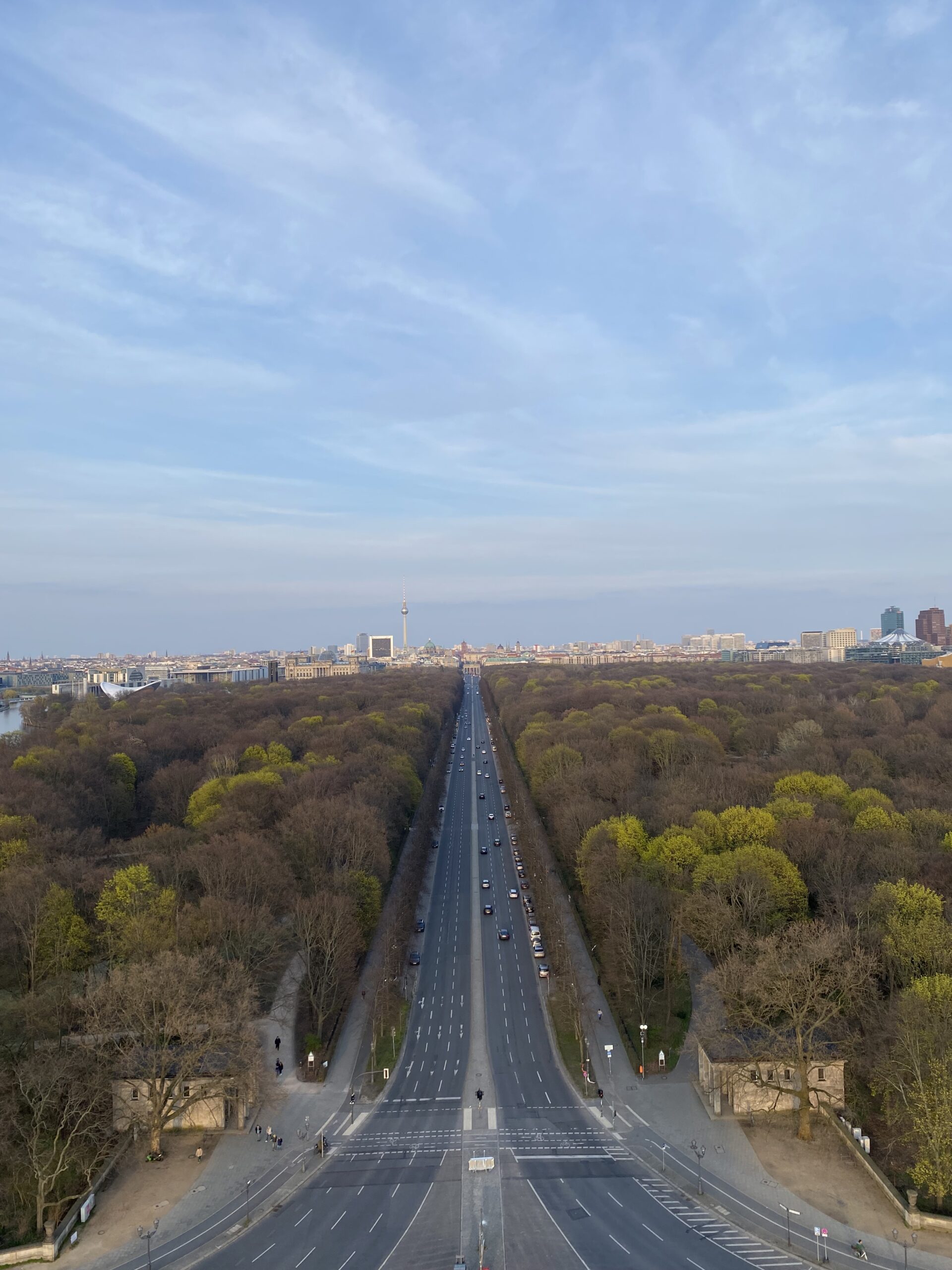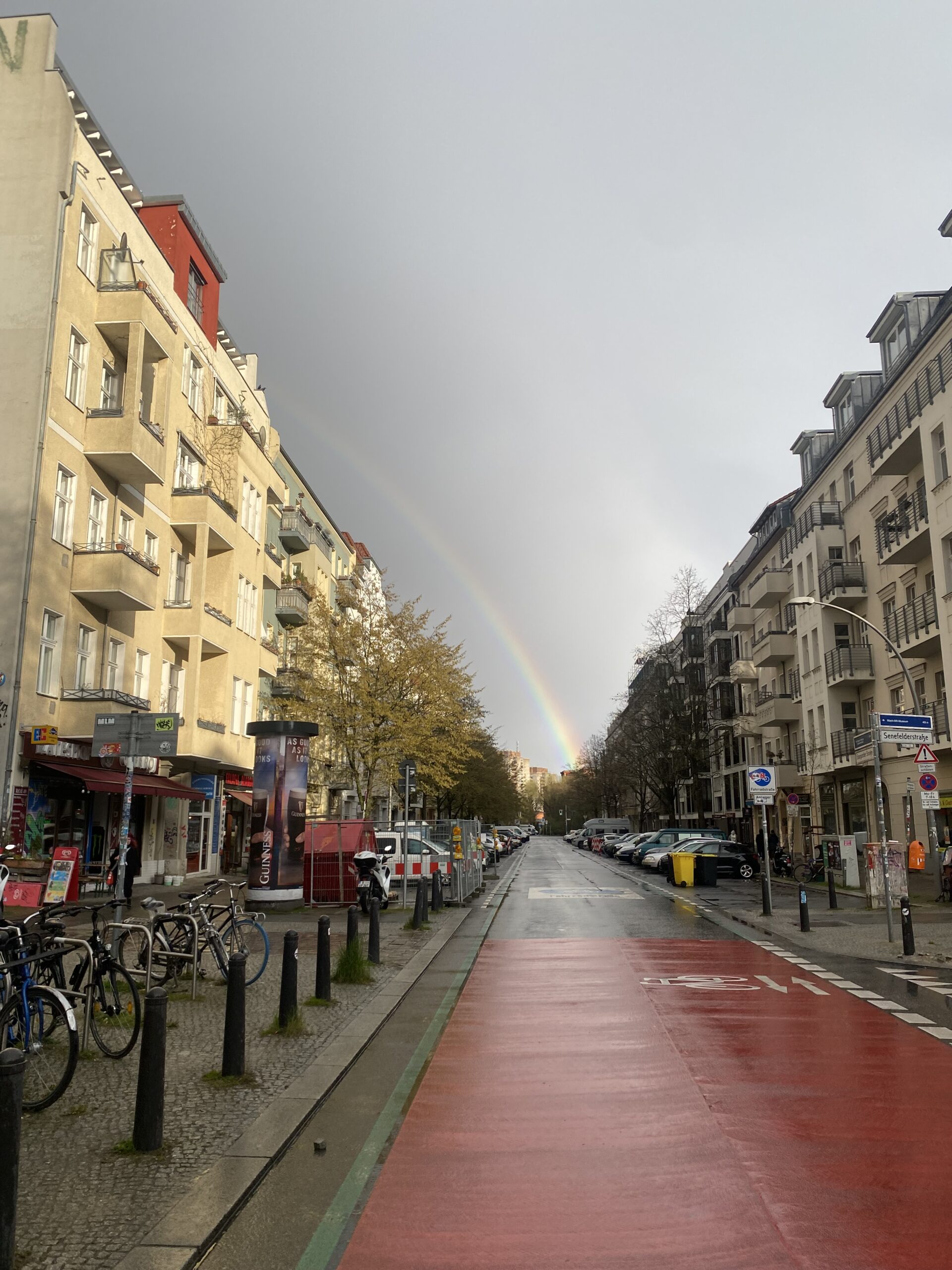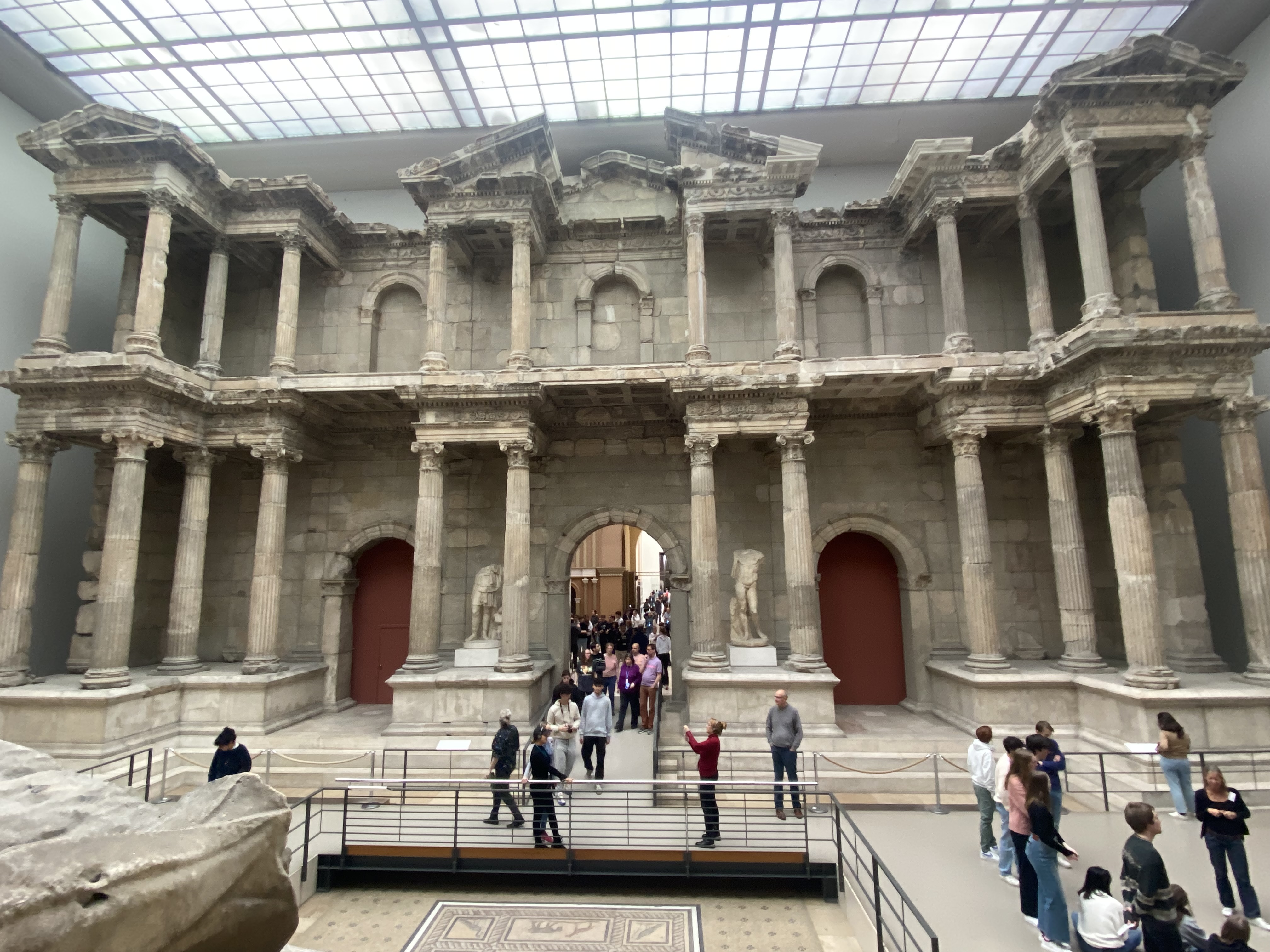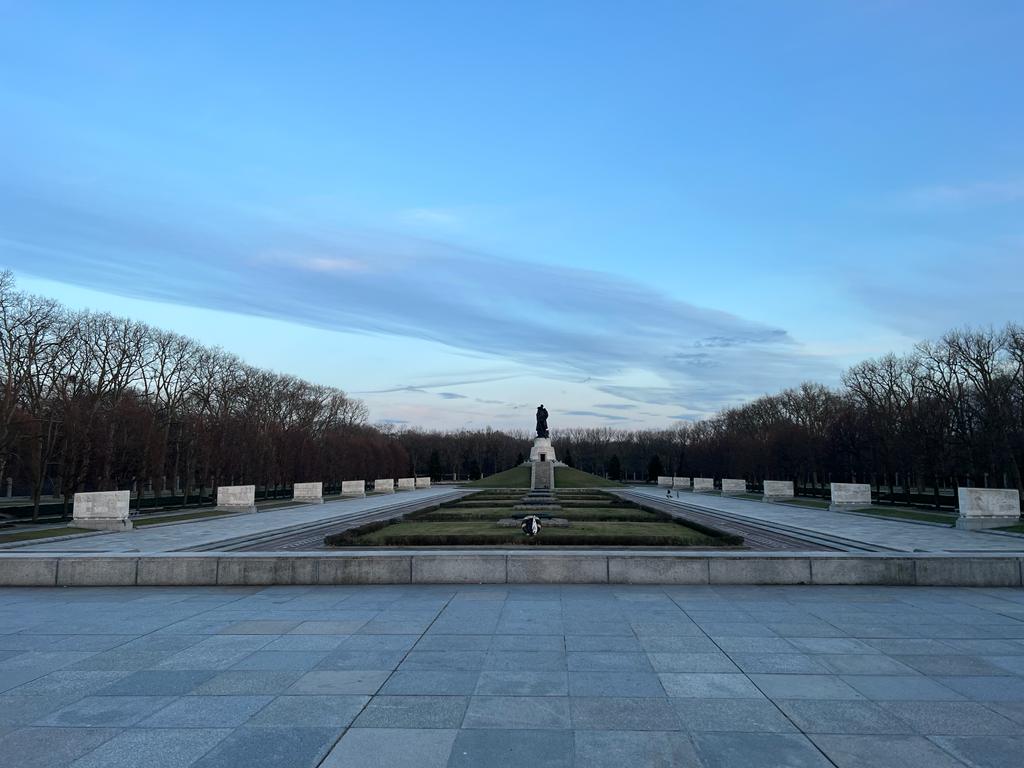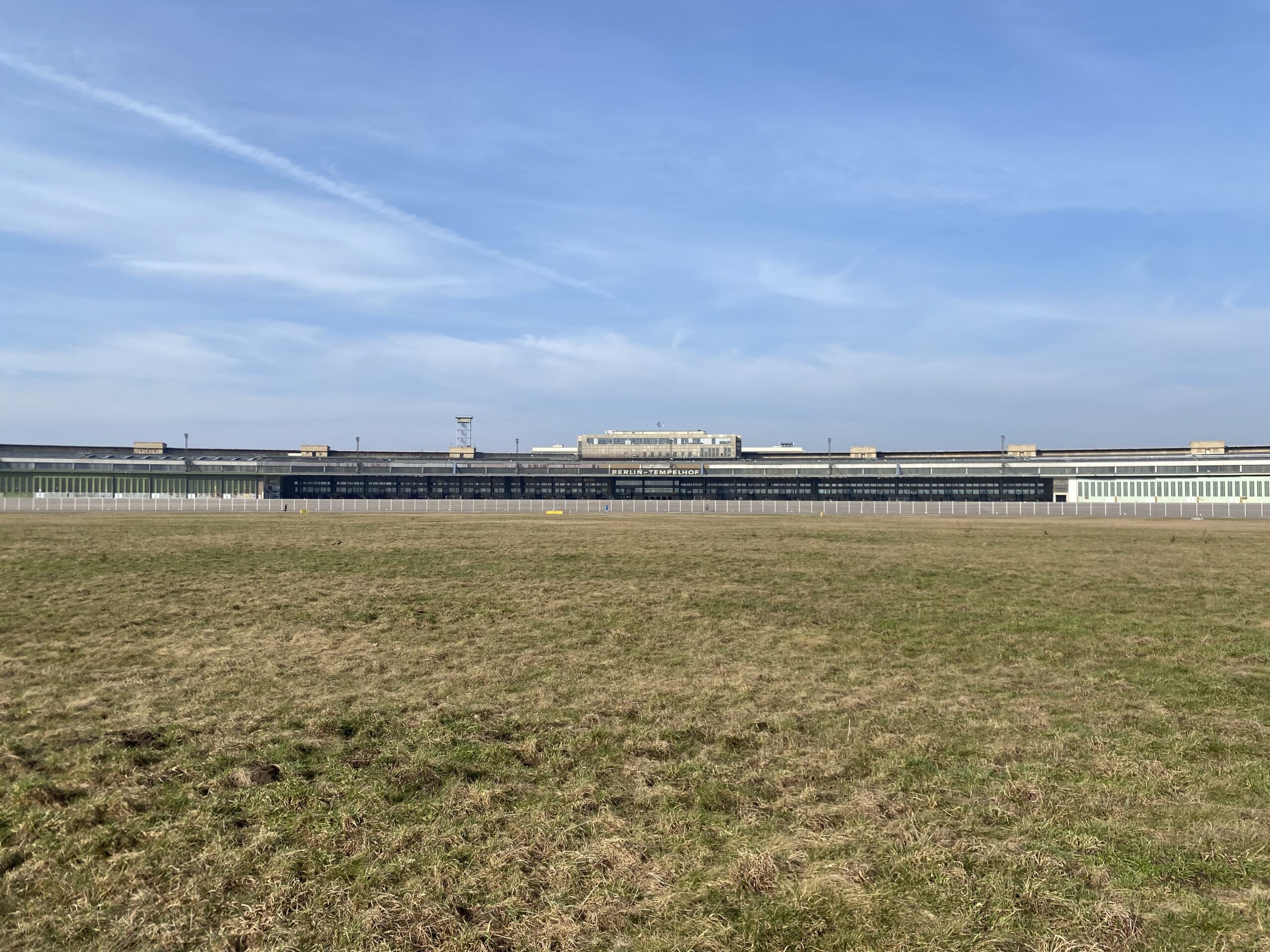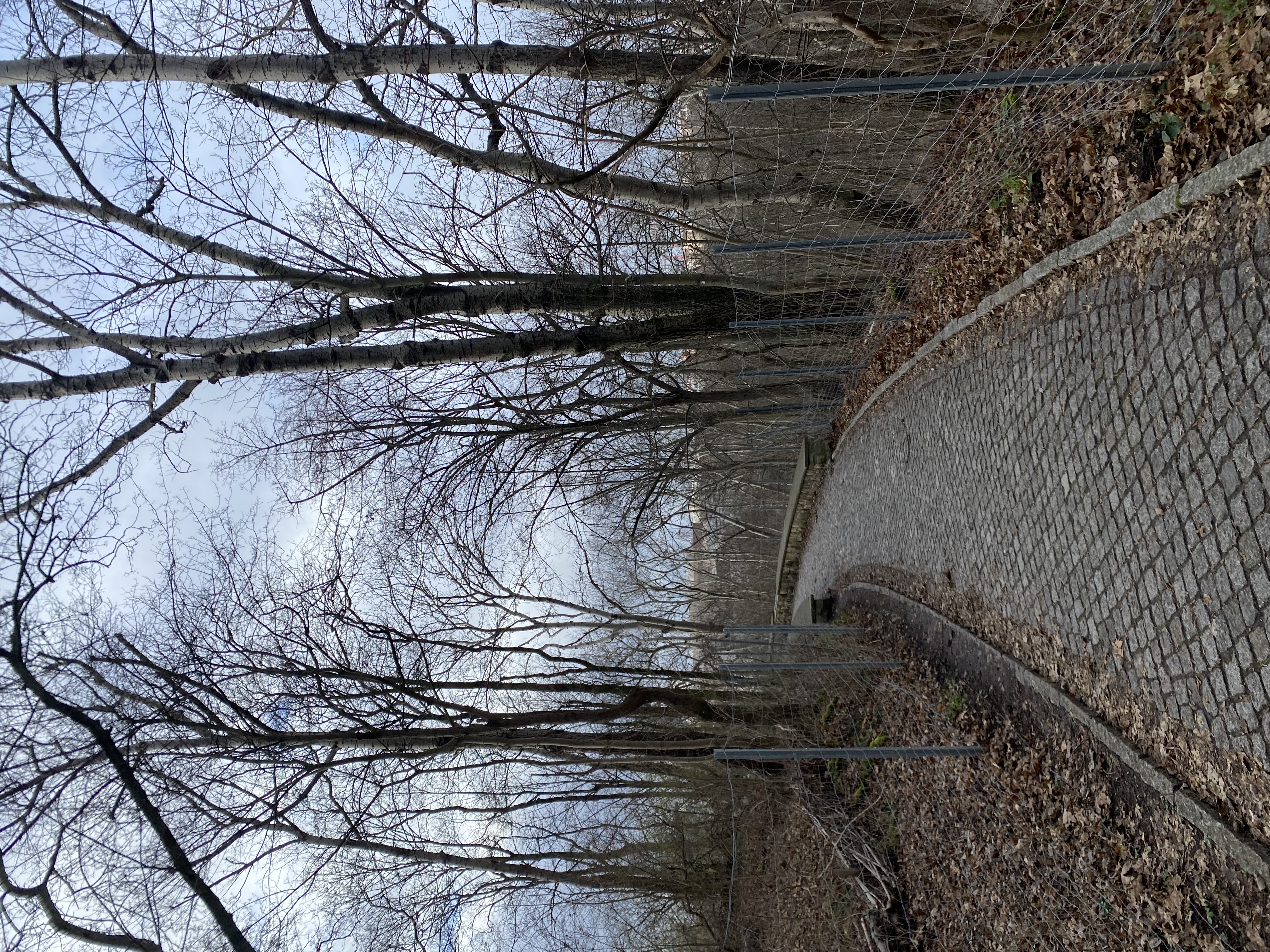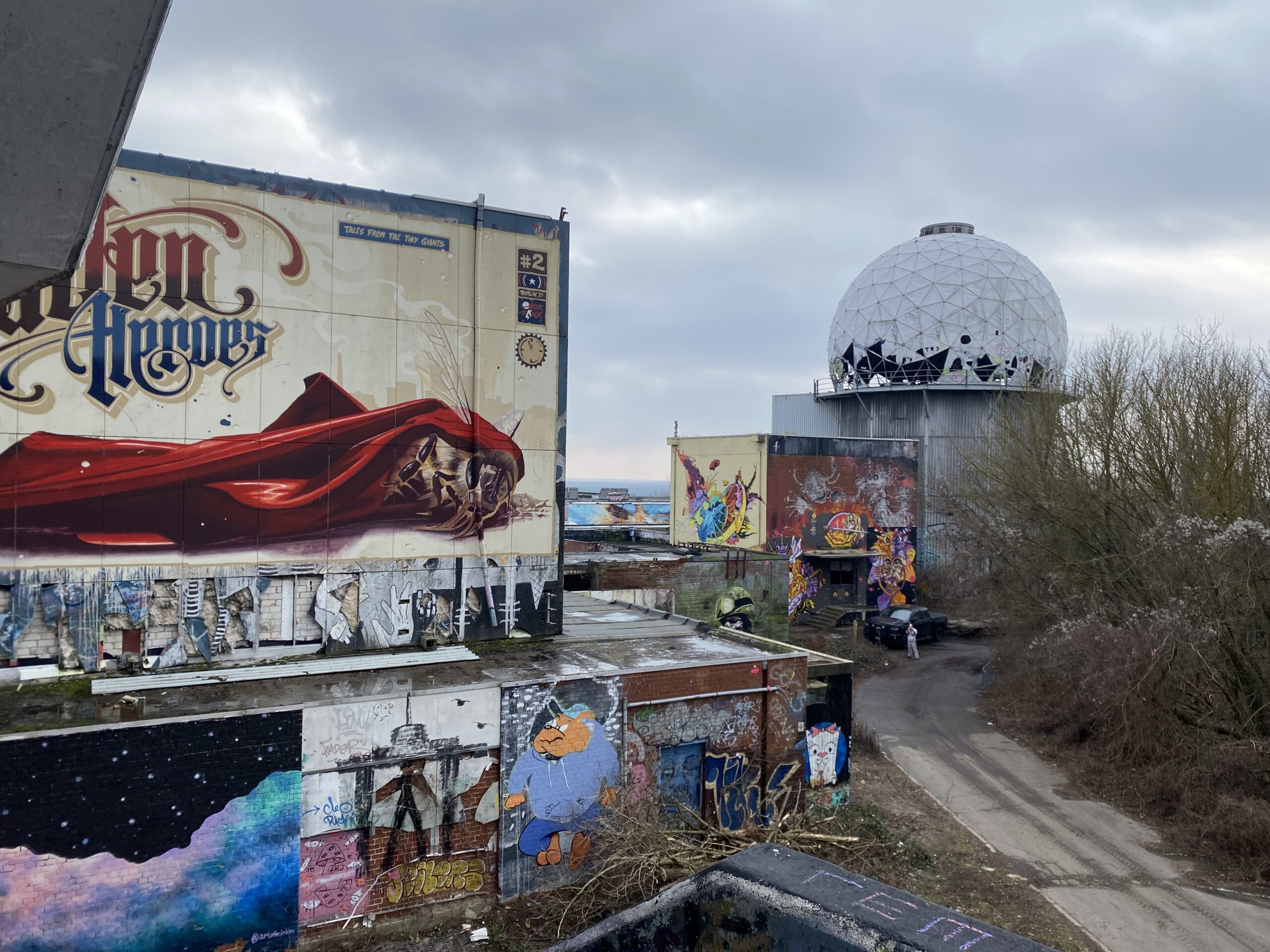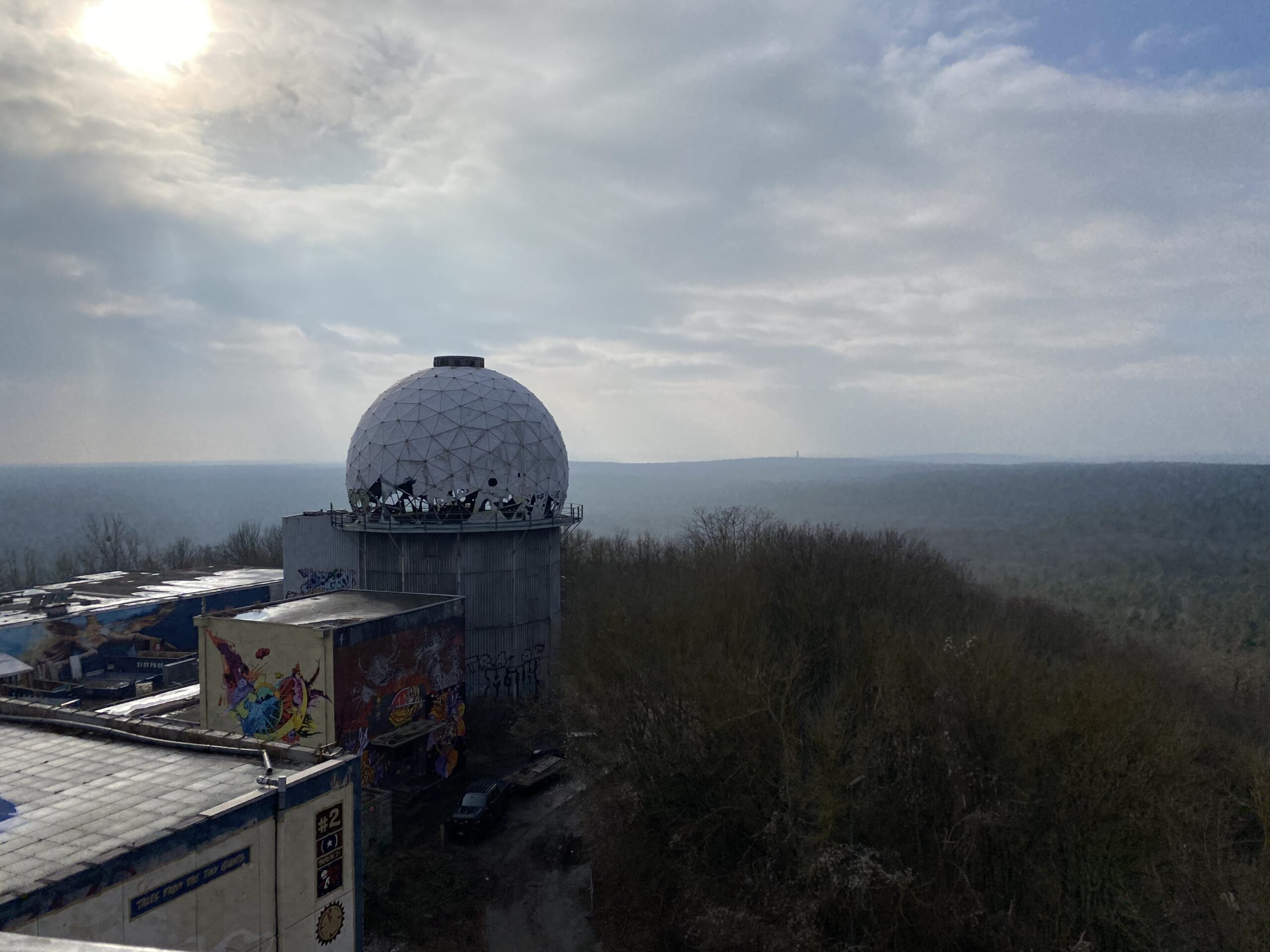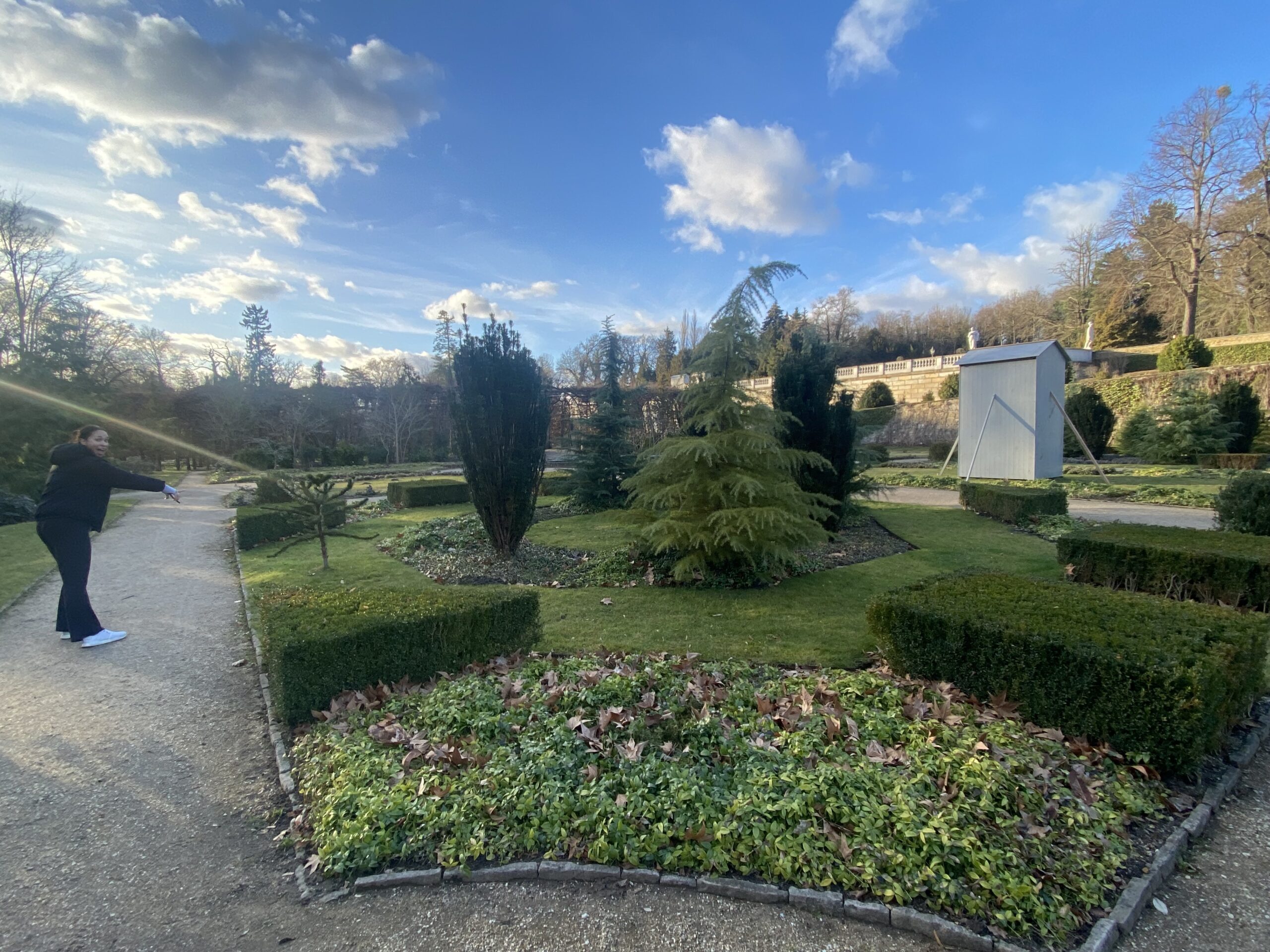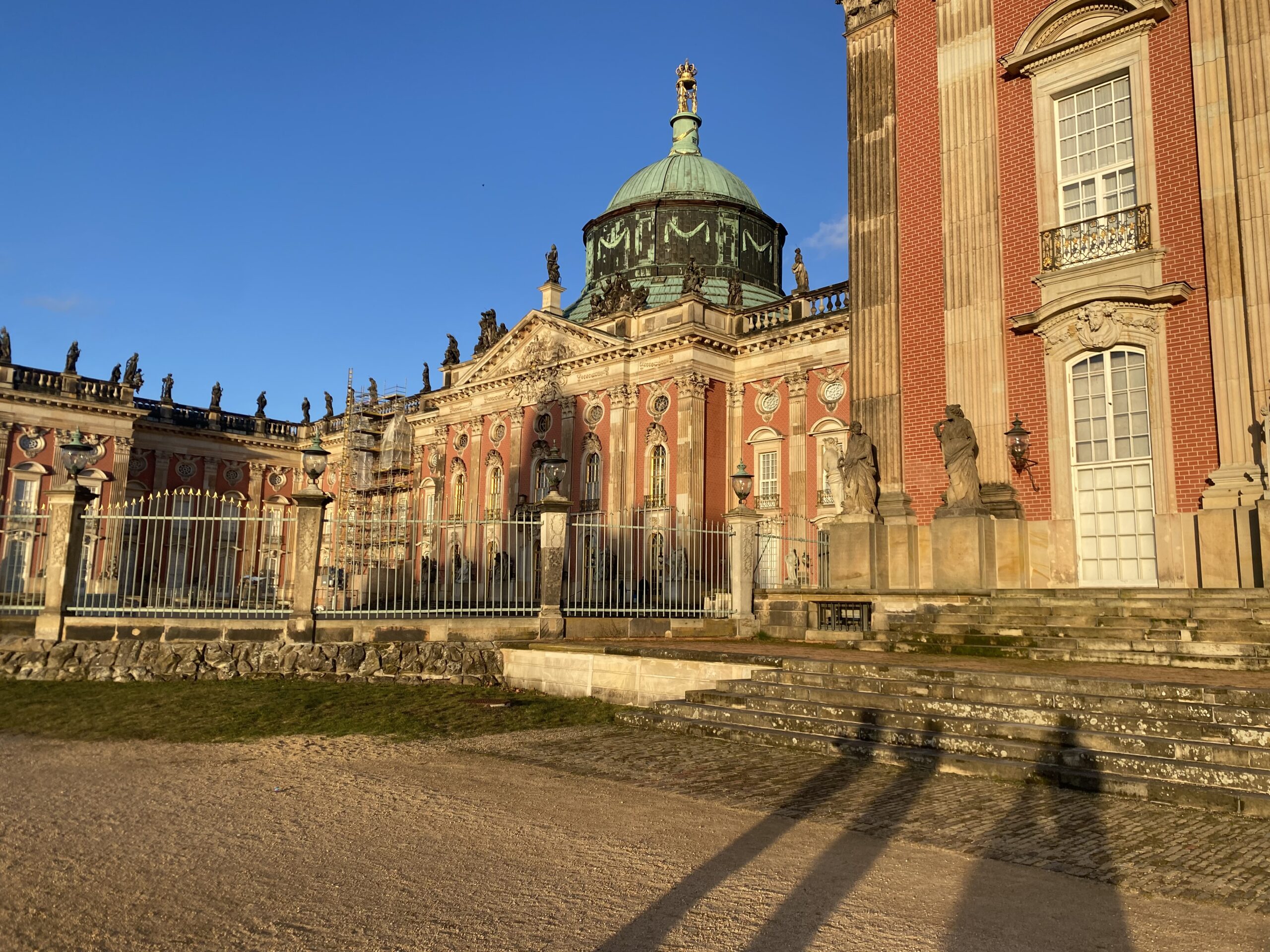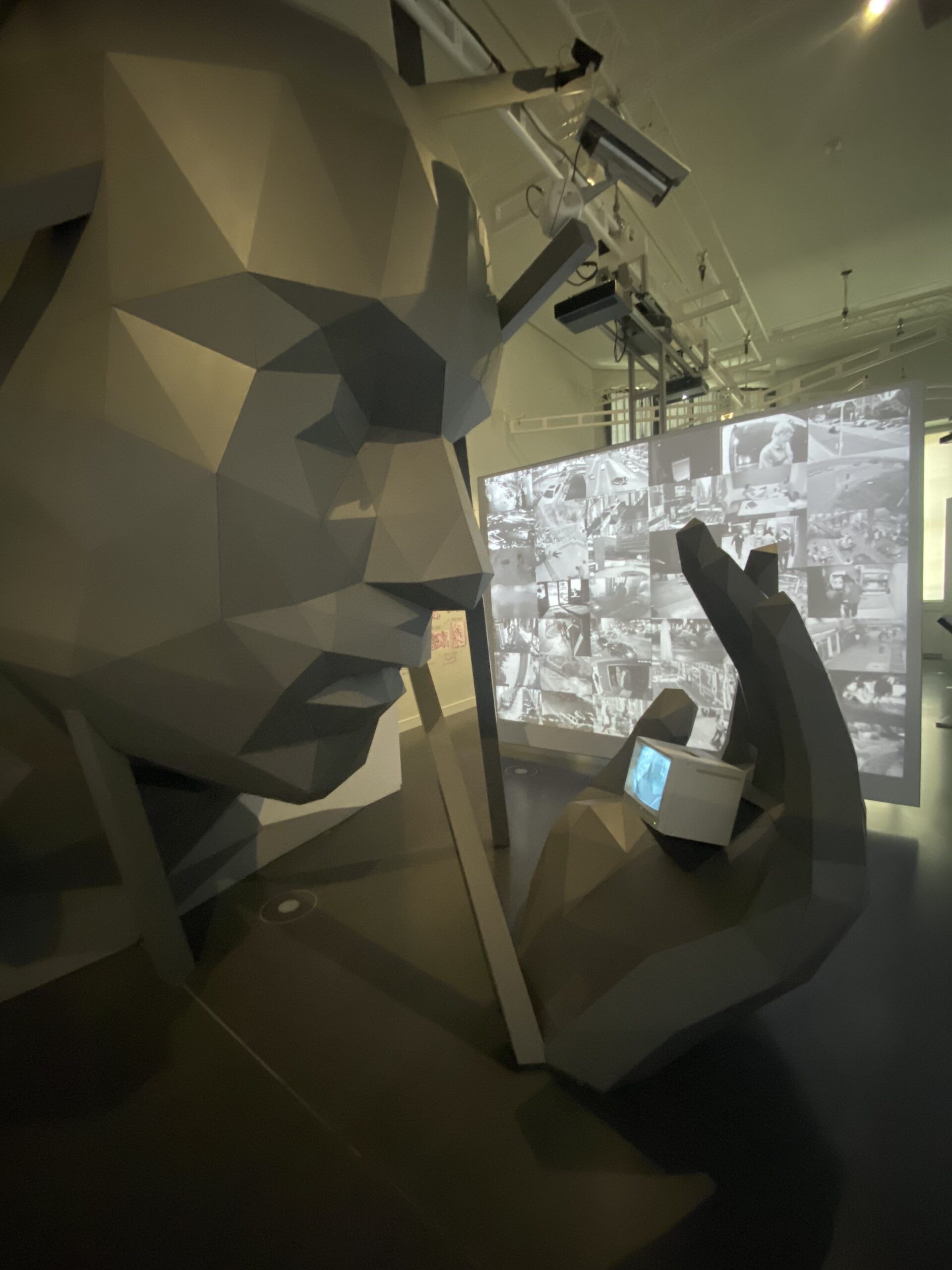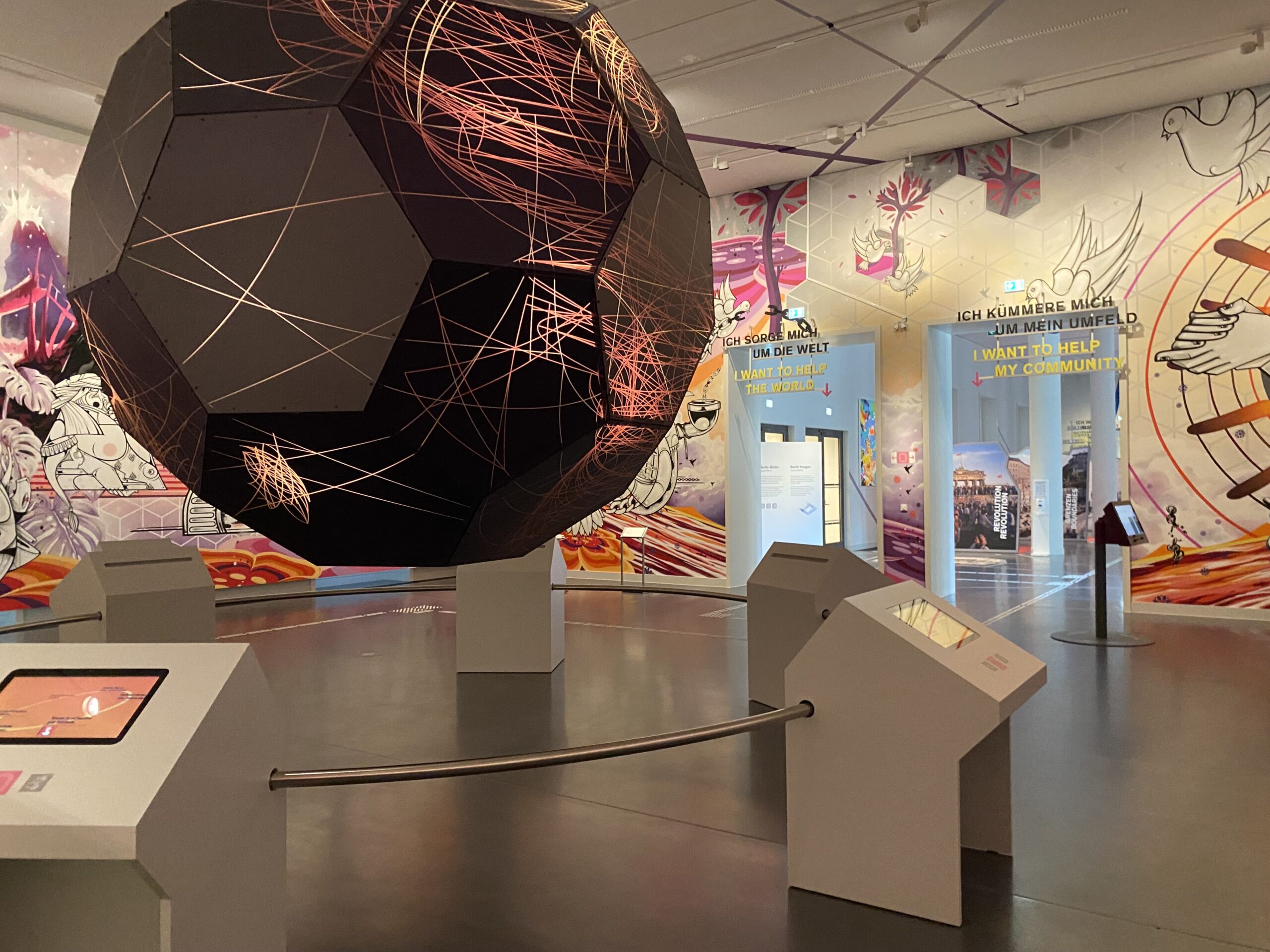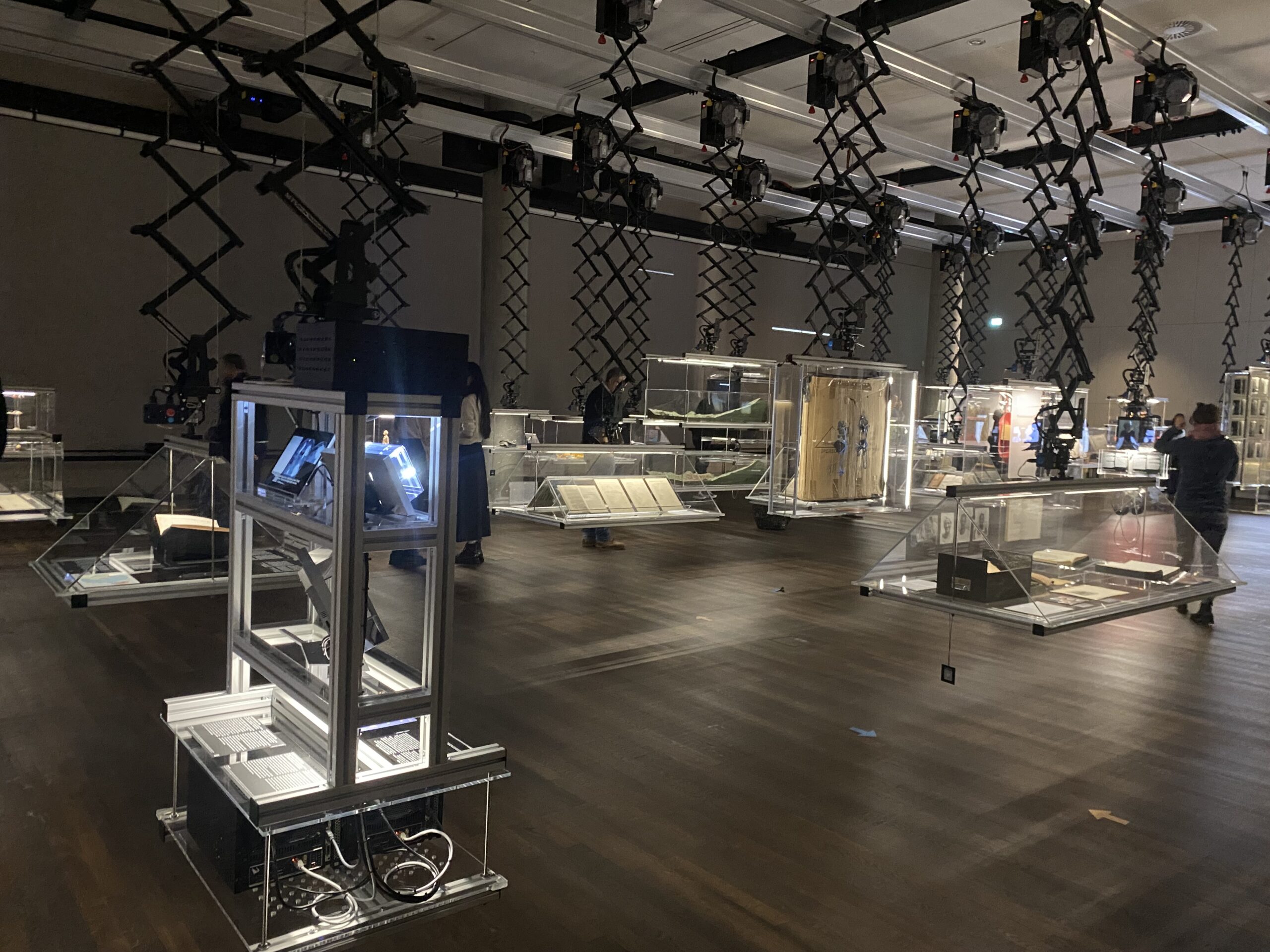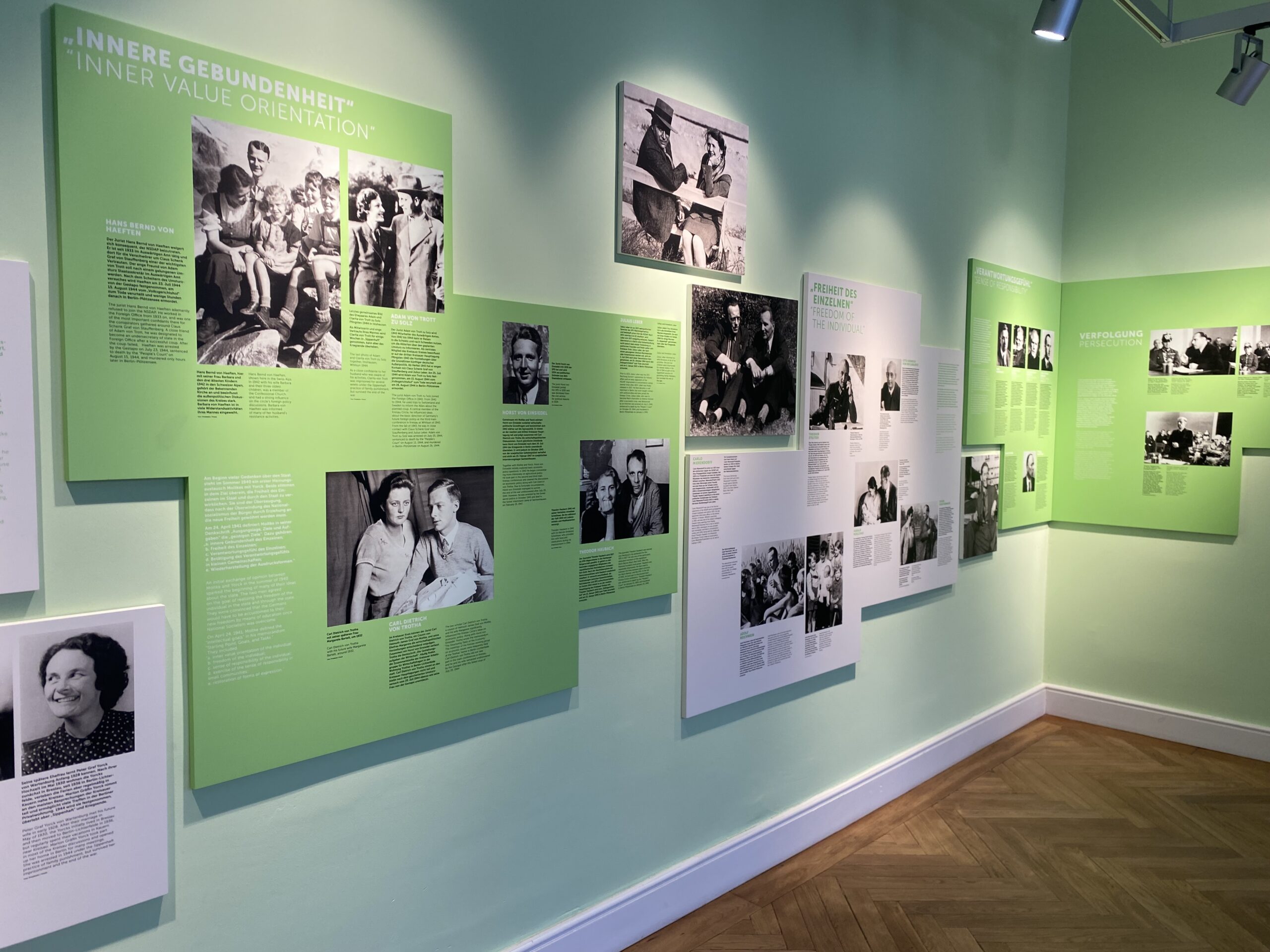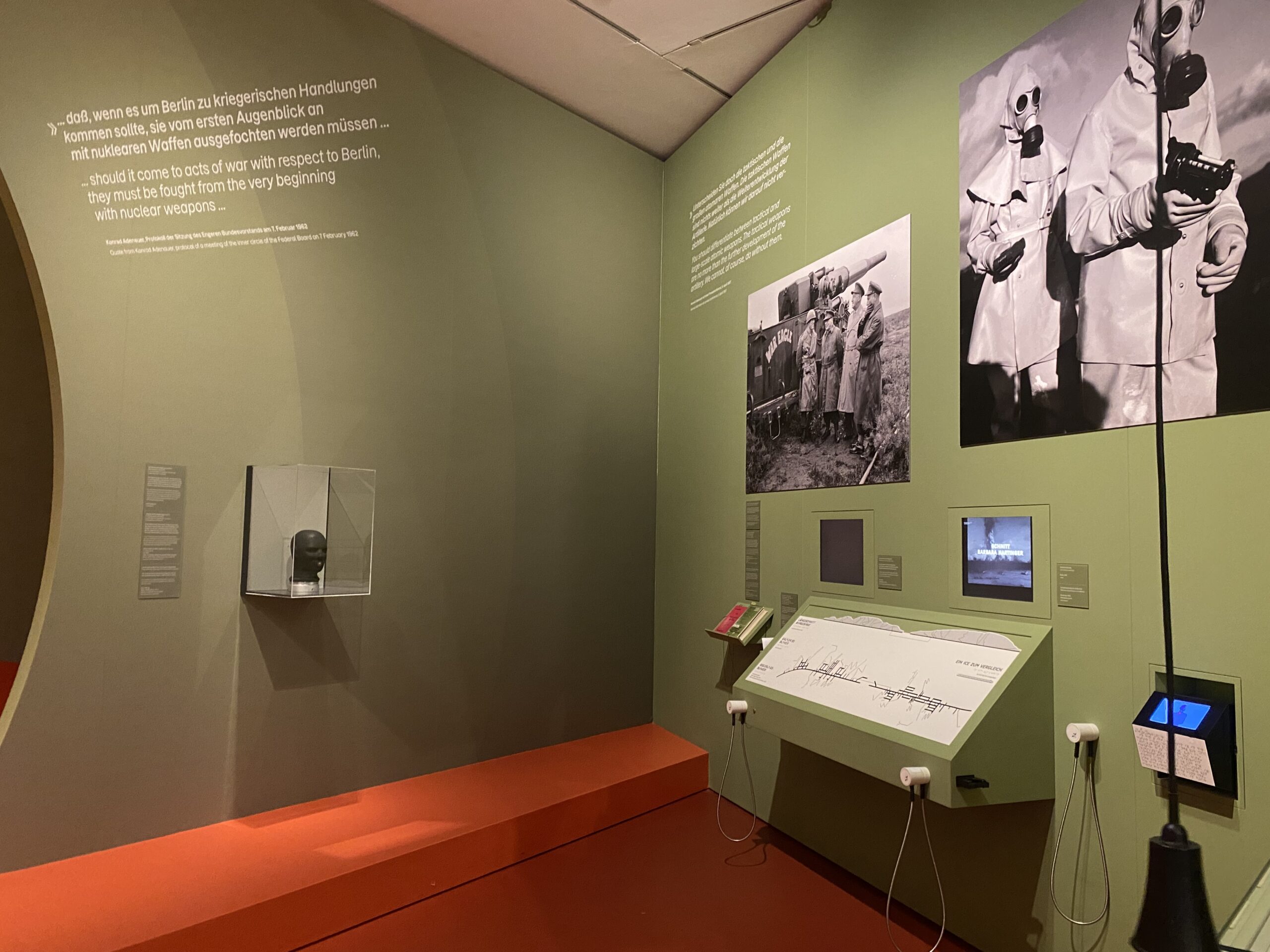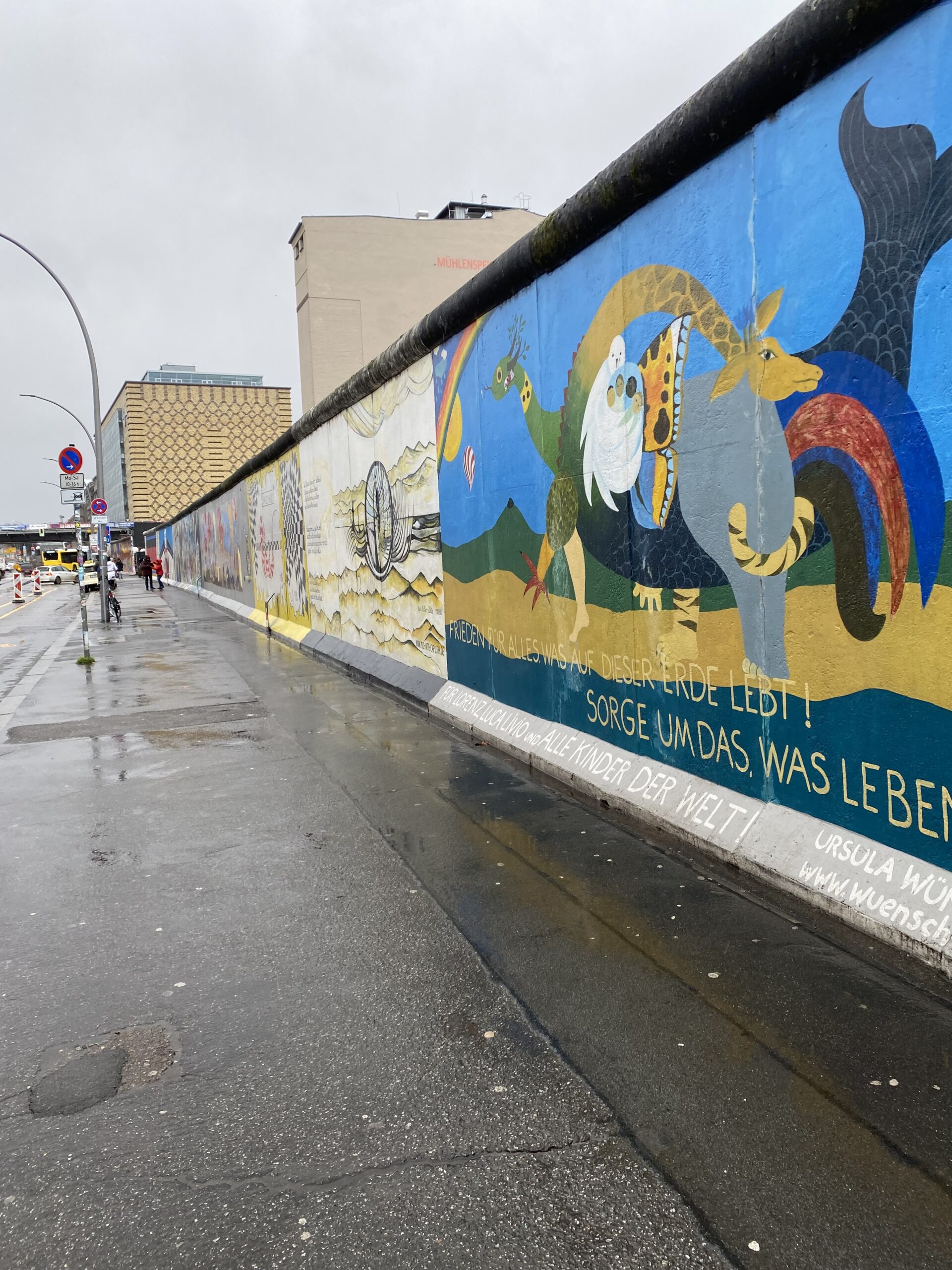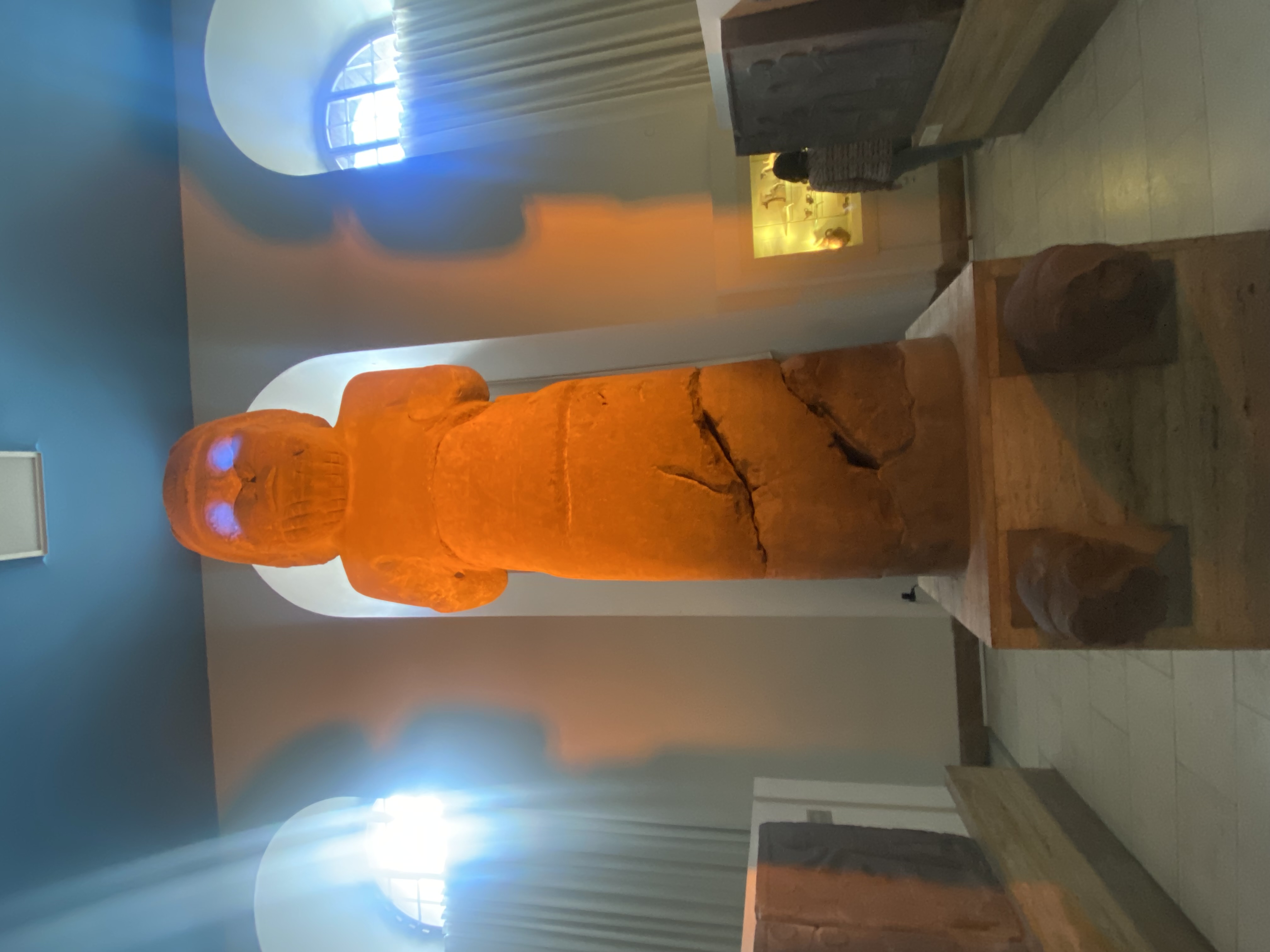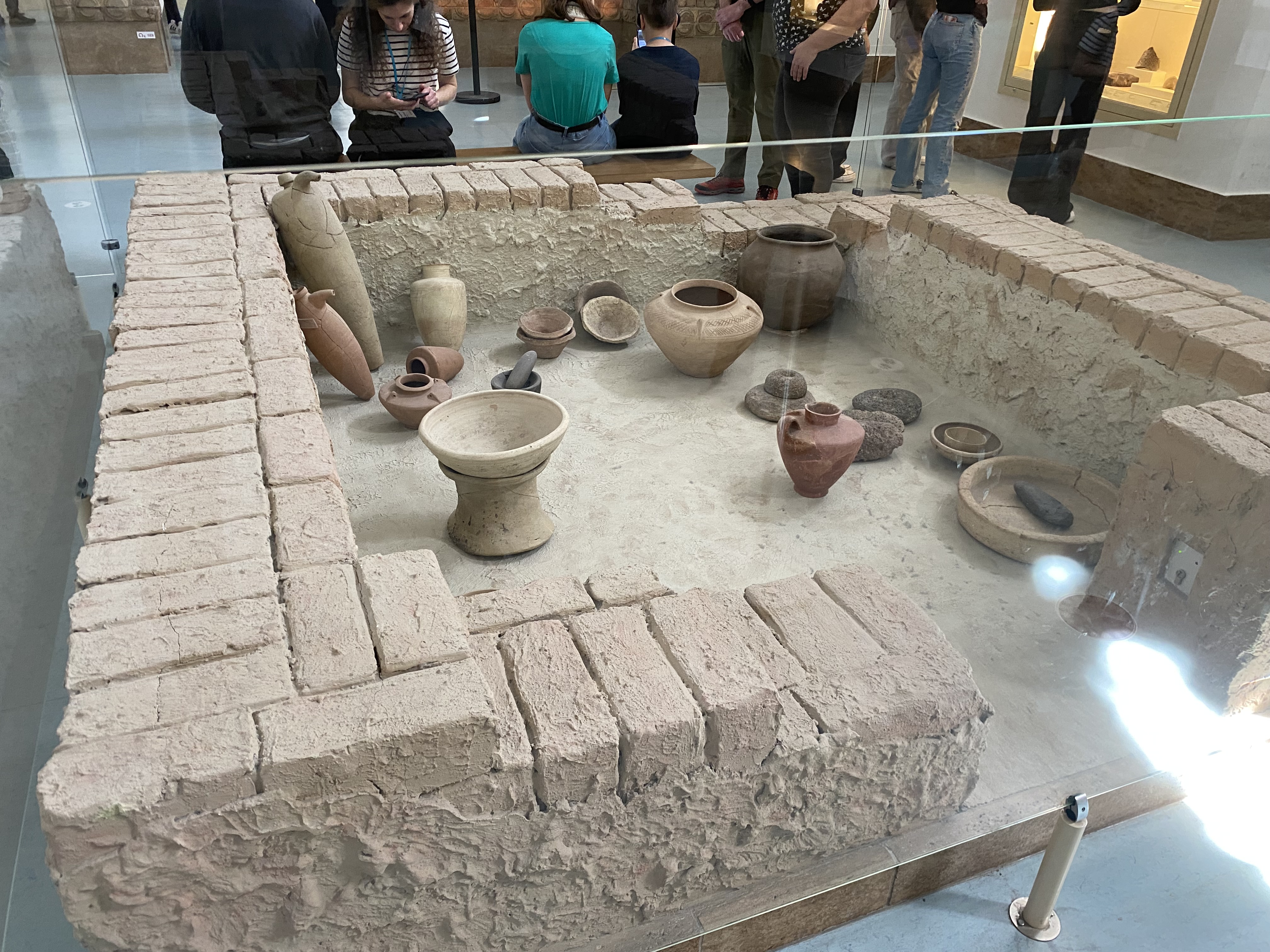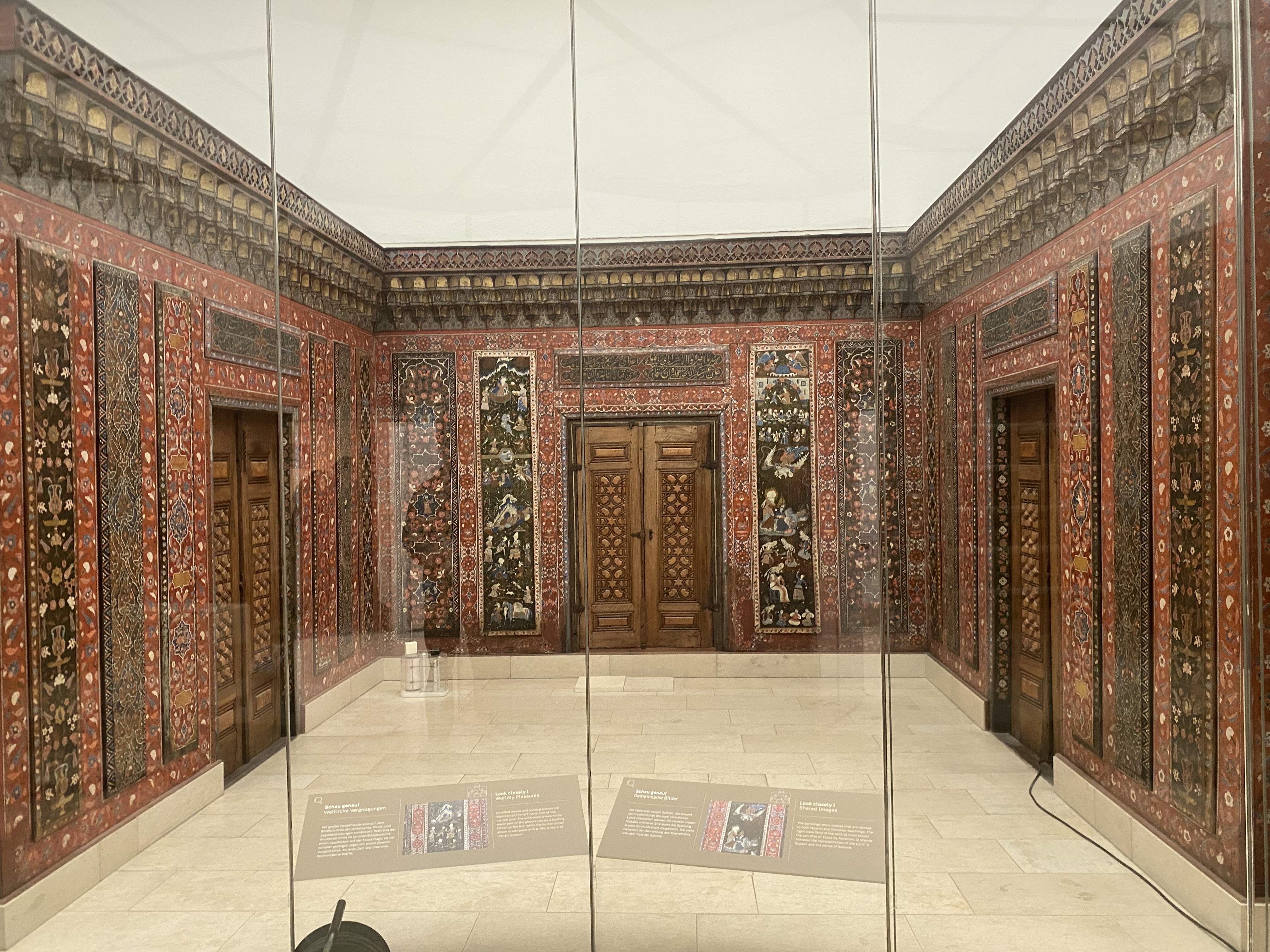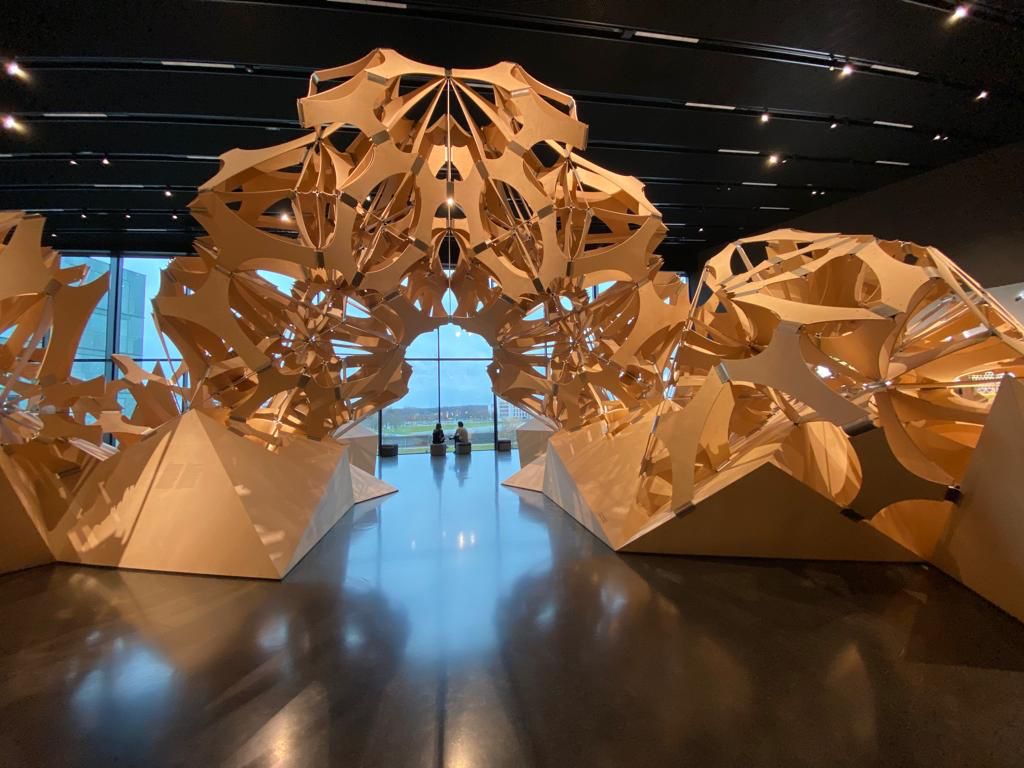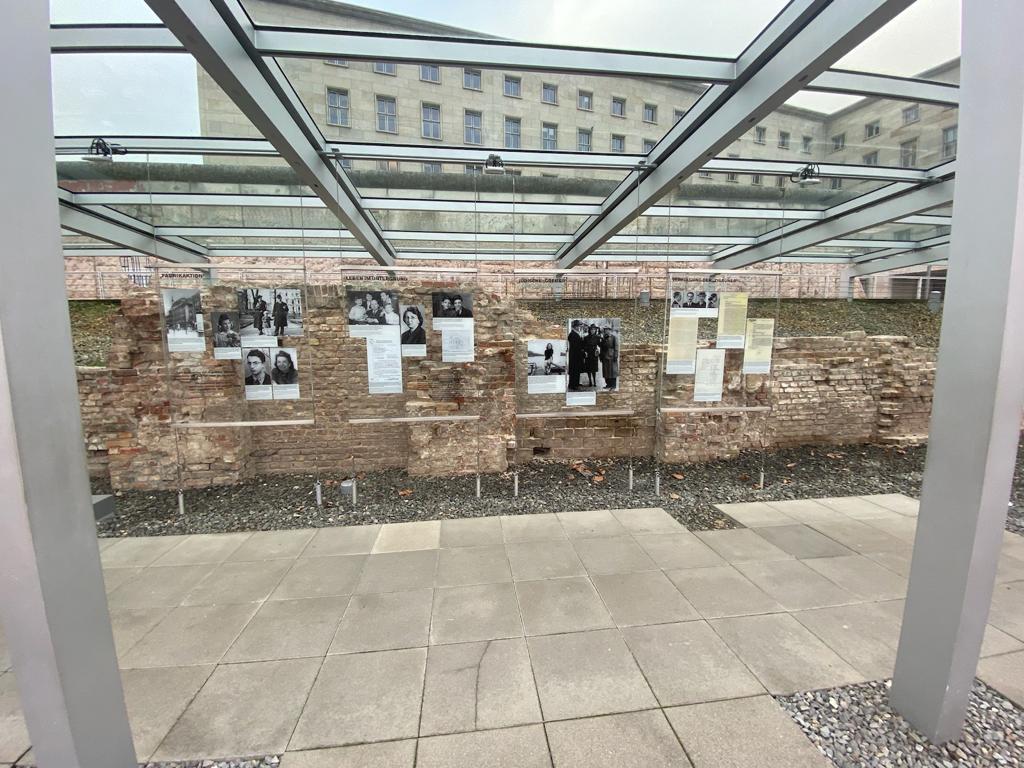Introduction
Berlin is one of the most affordable Western European cities, however as a visitor, it is important to follow general rules when traveling on a budget. This Berlin guide will help you plan your budget travel to the German capital city and provides beneficial and effective first-hand advice. Whether you are visiting for a weekend or a month, all these tips are relevant for effective budget travel!
- Introduction
- My time in Berlin
- What to do in Berlin on Budget
- Top cheap (and free) museums in Berlin
- Hostels to stay at in Berlin on a budget
- Best bars to drink at in Berlin
- How to pay for things in Berlin
- Public transportation in Berlin
- How much time is necessary to get a full experience of Berlin?
- Conclusion
- Other random tips for saving money in Berlin
- Post List #1
My time in Berlin
I spent nearly 3 months in Berlin, during which I was on an extremely tight budget. Whether I was visiting music, finding somewhere to sleep, or seeking a cheap drink, my first consideration was consistently finding the cheapest option for everything. This is a budget travel Berlin guide created from my first-hand experiences in Berlin while scraping together the rest of the change in my pocket.
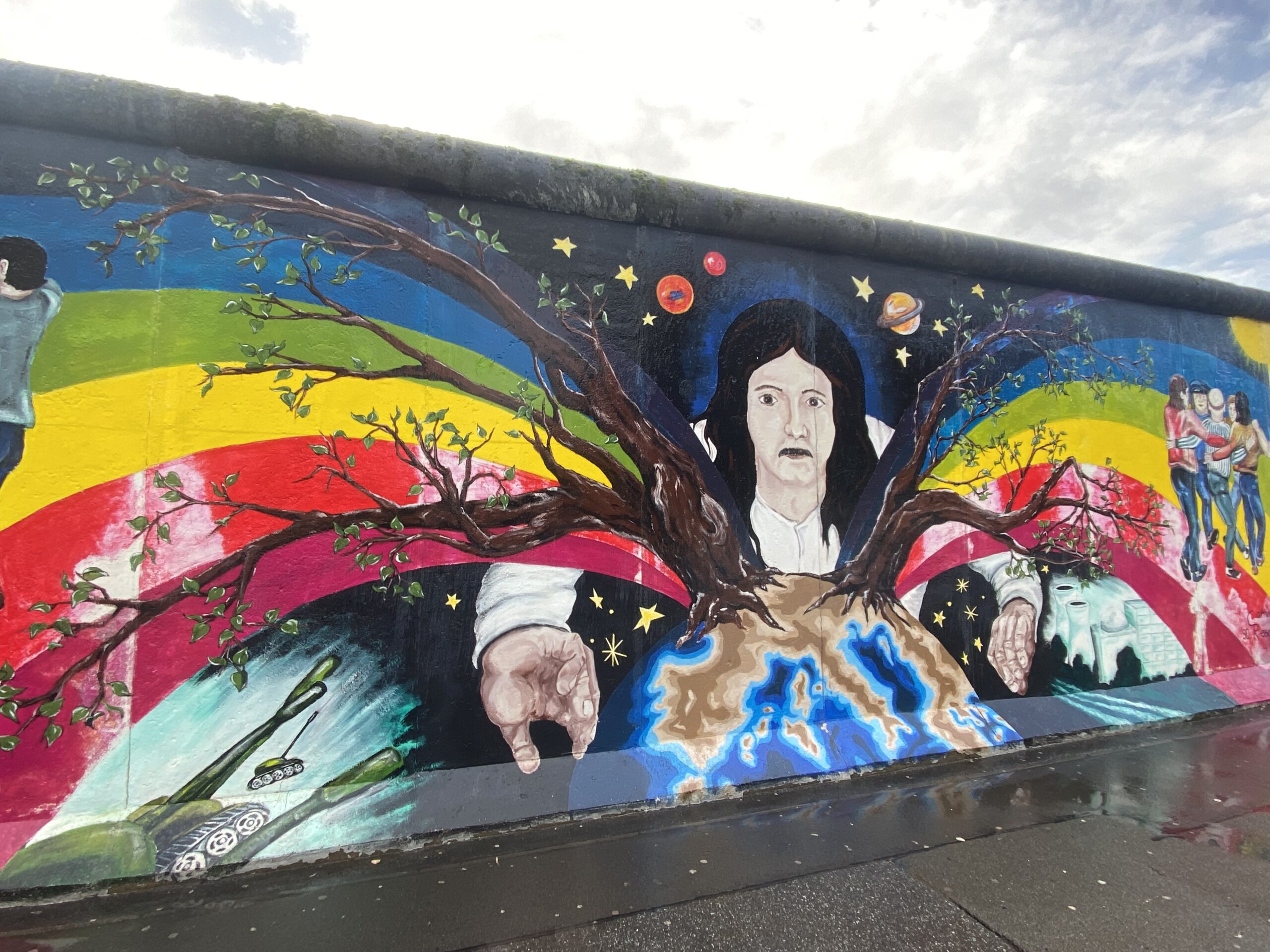
What to do in Berlin on Budget
The first question of whether to travel to a destination should always be whether there are enough sights and attractions to see. From all my travels, I can say with the most confidence that Berlin encompasses something for everyone. From vast parks and historic museums to cozy bars and mesmerizing street art, Berlin is a cultural a true cultural gem.
To pick out your perfect daily itinerary in Berlin, I wrote a separate article on things to do in Berlin on a budget.
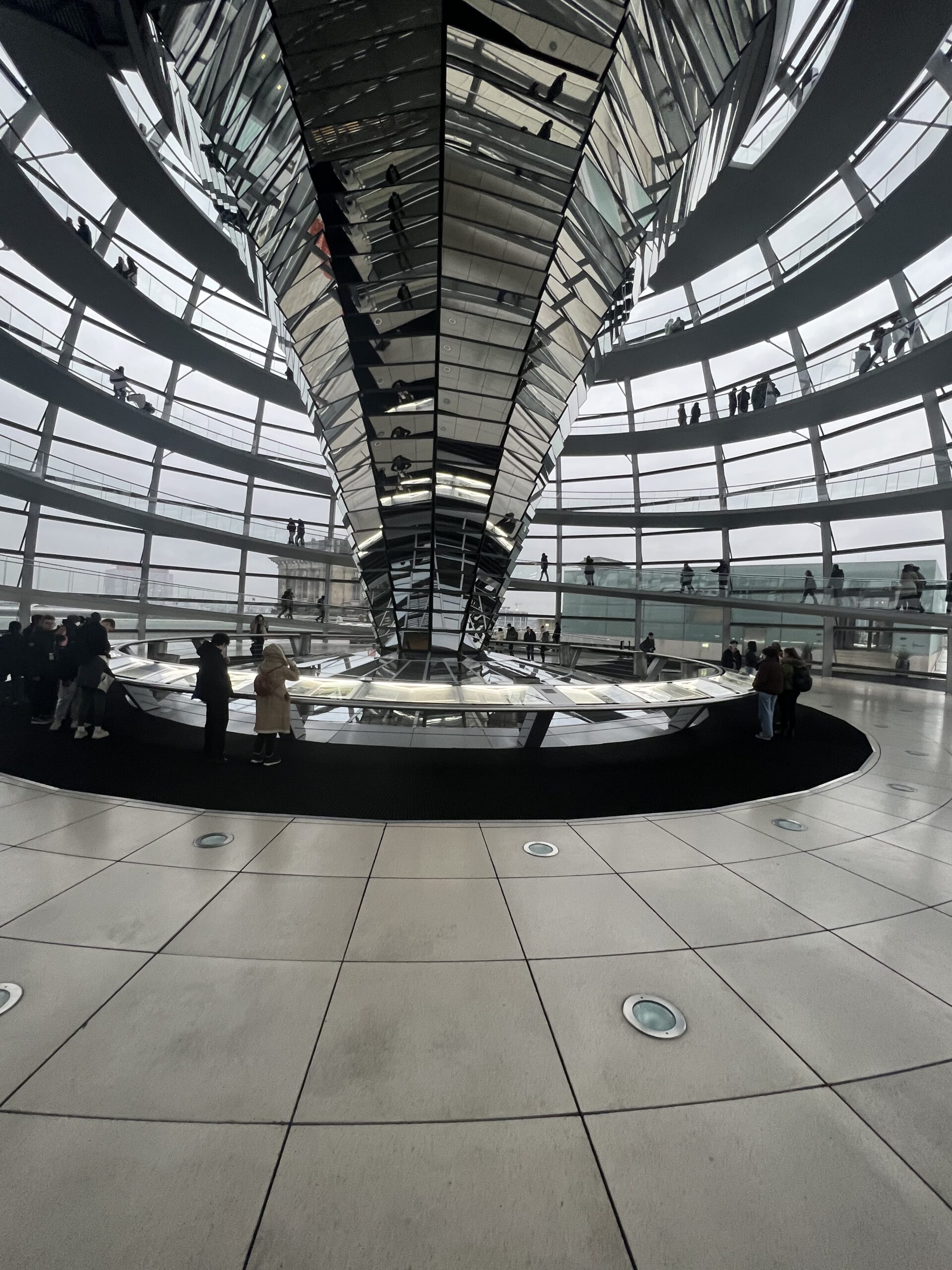
Top cheap (and free) museums in Berlin
Berlin hosts almost 200 museums with topics like art, history, and science. While many visitors flock to the renowned Museum Island, some of the best-value museums lie in the various neighborhoods throughout the city. There are even a handful of museums that are free of charge! To navigate this extensive list of exhibits, check out my article on the best cheap (and free) museums in Berlin.
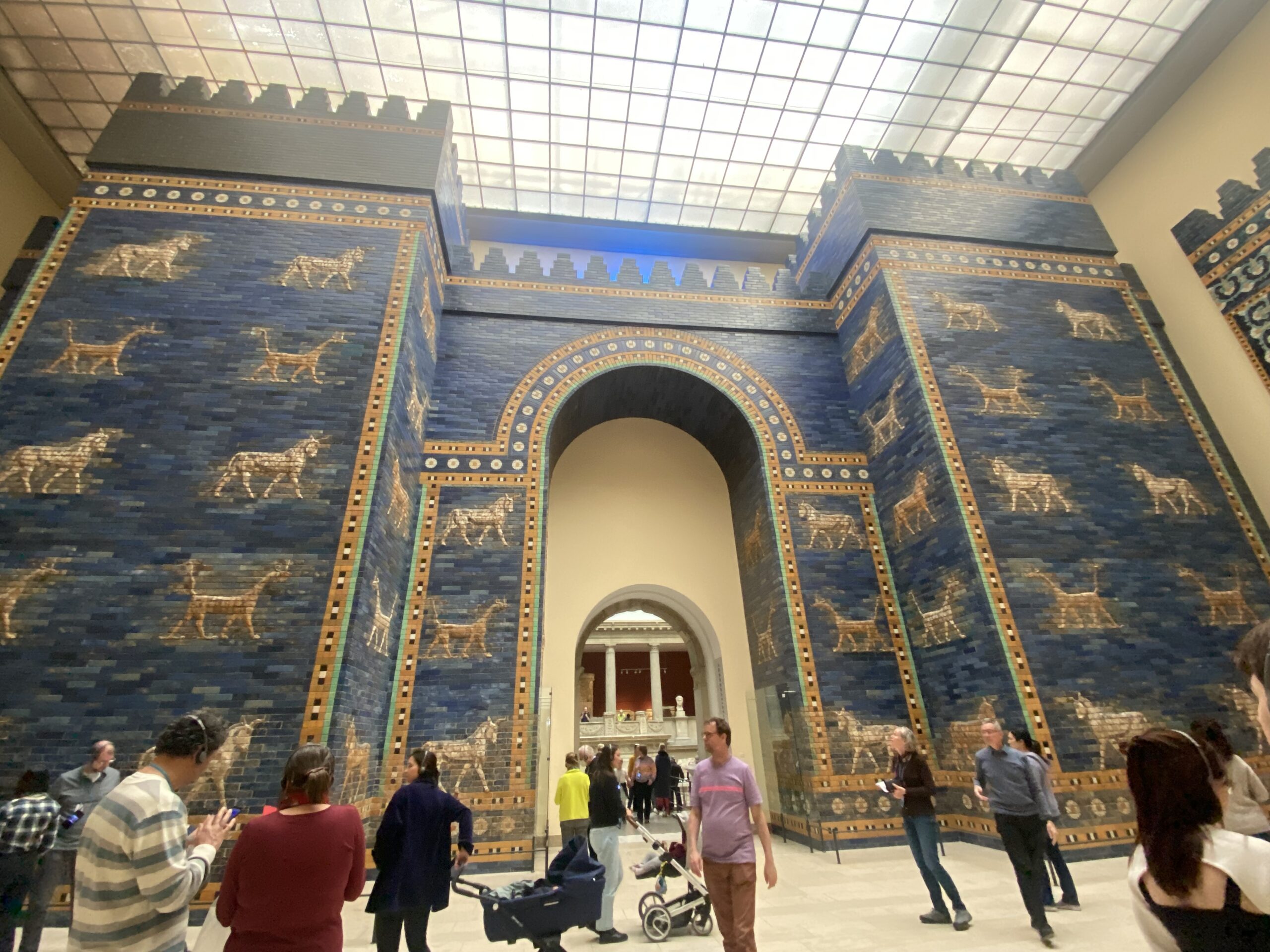
Hostels to stay at in Berlin on a budget
The hostel experience in Berlin is not like how you would expect it from other major European cities. Due to the city’s exhausting housing demands, many hostels are full of people working rather than traveling, creating a mixed environment for those looking for a social travel atmosphere and those attempting to find study spaces and quiet sleeping accommodations. Nonetheless, this also makes for a more unique and personal hostel experience.
Expect to pay roughly €25 to €40 for a night at one of these hostels. Pricing depends heavily on the weekend demand and events in the neighborhood for which the hostel is located.
I stayed at a fair share of hostels throughout the city, as I wanted to hop around and experience the different neighborhoods that Berlin offers. Here is a Berlin guide of my personal review (both good and bad) on each of them:
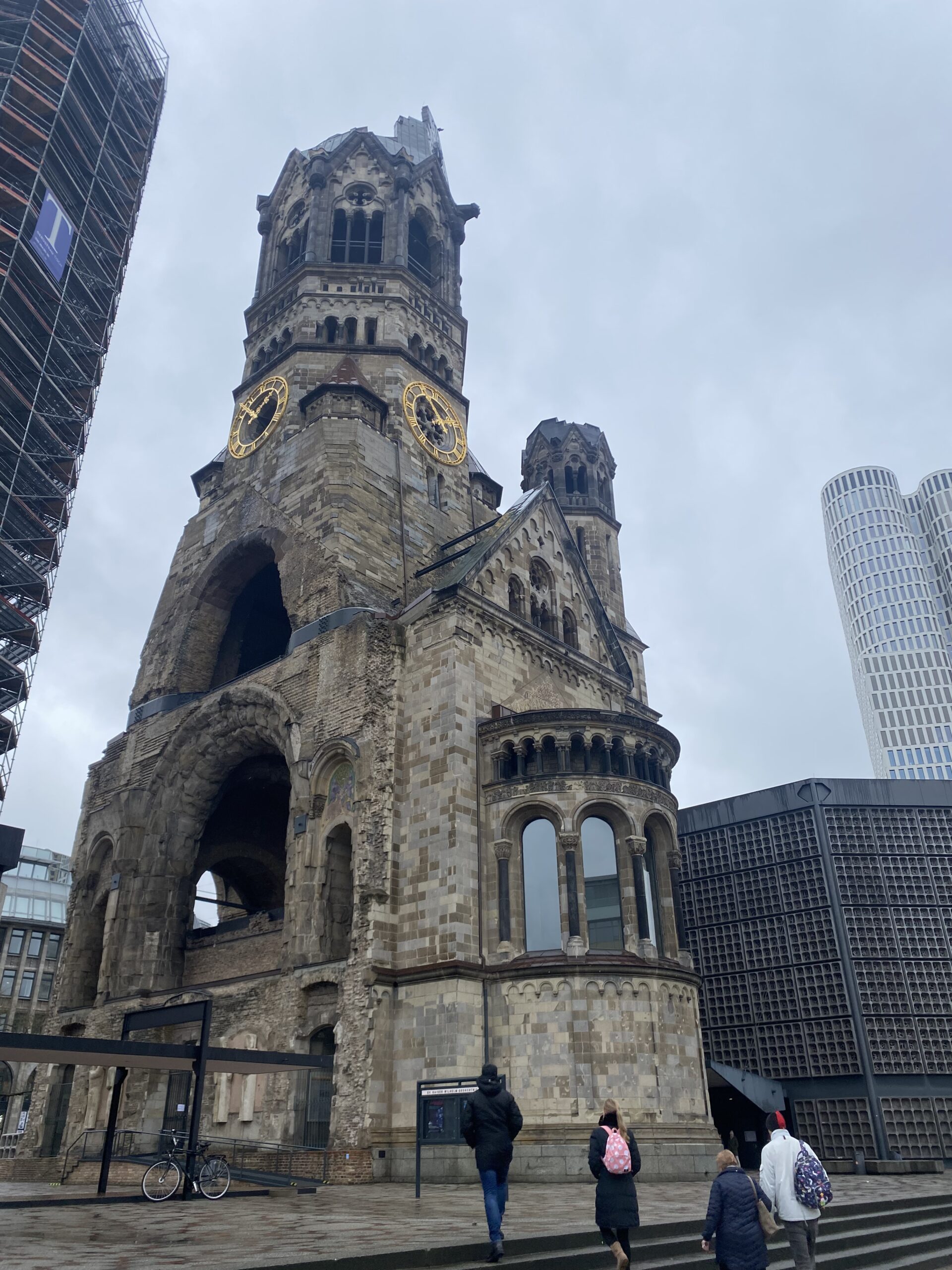
A&O Hostel Berlin Mitte
Rating: 3 out of 5 stars
A&O Mitte is a hostel with an ungodly number of rooms tucked away in the developing Mitte neighborhood. The location of this hostel is relatively close to the exciting neighborhoods of Kreuzberg and Freidrichschain, giving a diverse option of cheap places to eat and drink. The hostel is huge with a fancy lobby, but outside drinks and food are not allowed. Furthermore, if you want to walk somewhere quick for dinner, expect to walk at least a half mile to something affordable.
Rating: 2 out of 5 stars
36 Rooms Kreuzberg should not be your first option when coming to Berlin. The hostel has no facilities whatsoever, therefor making your trip more expensive than you were anticipating. The one thing I liked about this hostel is that it is perfectly located in my favorite neighborhood in Berlin: Kreuzberg. Some of the cheapest street food, bars, and cafes litter this part of Berlin, making it exciting and worth staying in. 36 Rooms has its tradeoffs for sure…
Rating: 4.5 stars out of 5
Lettem Sleep Hostel in Prenzlauerberg is my favorite hostel that I stayed at in Berlin. With reasonable pricing, a nice kitchen, and friendly staff, Lettem Sleep should be at the top of your list when traveling on a Budget to Berlin. Additionally, the hostel sits across the street from a lively park with ping pong, a soccer court, and a green space.
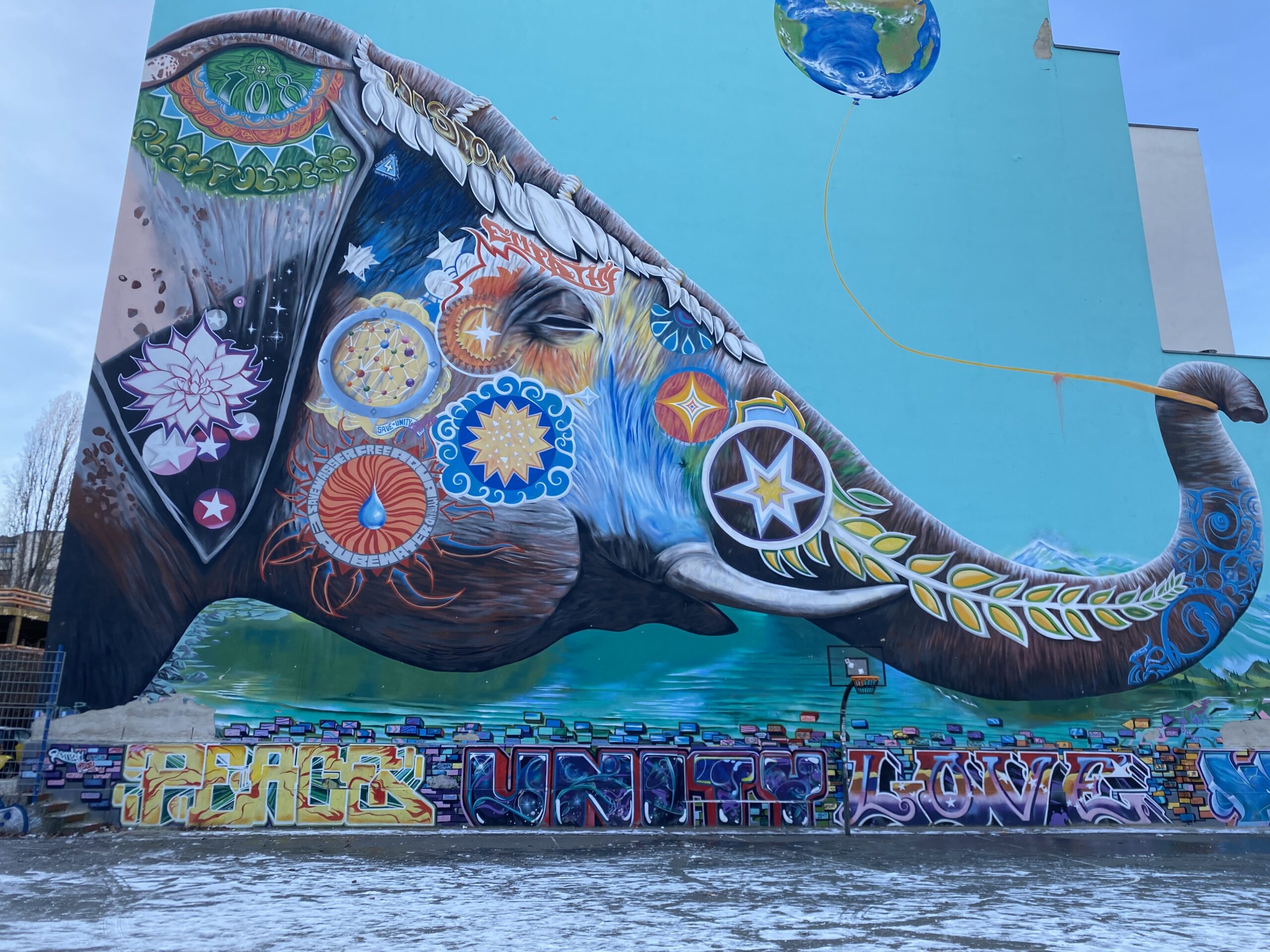
Best bars to drink at in Berlin
Berlin is one of the best places in the world for going out at night. With such a young population, the city provides something for many different tastes.
There is a type of bar that many would consider a traditional “Berliner bar” that is necessary to experience when visiting the city. With more candles than lights, quiet and jazzy music, and the faint (or strong) scent of cigarettes, you will soon realize you are in a “Berliner bar.”
The best neighborhoods to find affordable drinks in Berlin are Kreuzberg, Friedrichshain, and Neukölln. As I spent most of my 2 months in Berlin in these neighborhoods, I created a Berlin guide on the best bars based on value, location, affordability, and vibes.
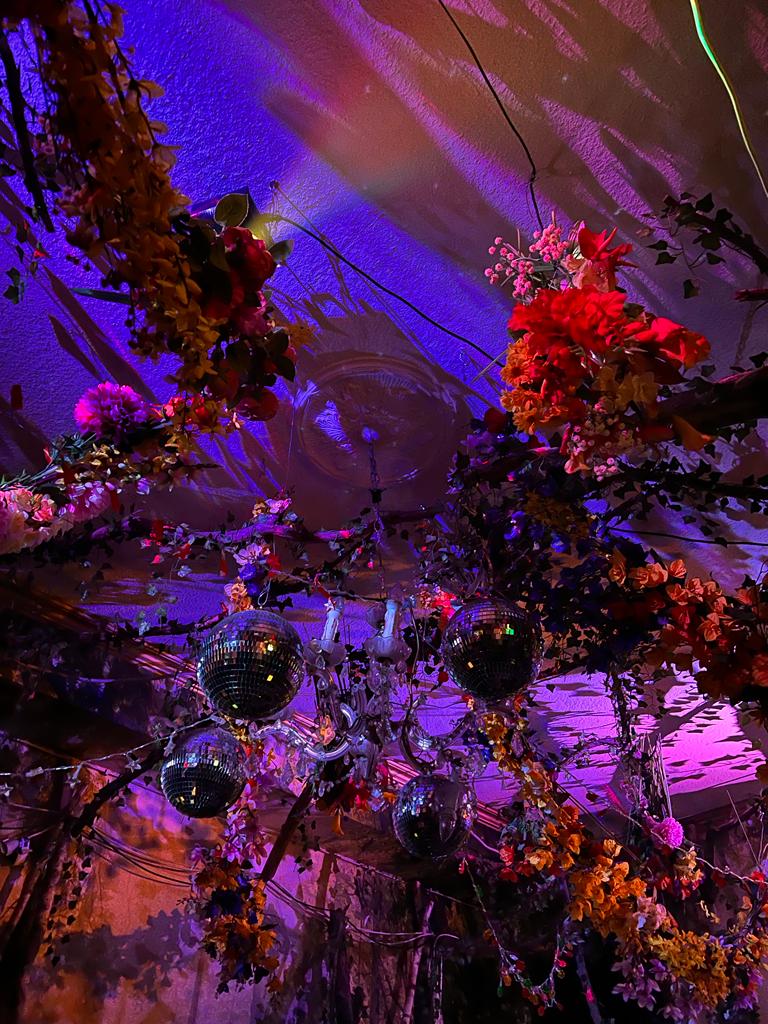
How to pay for things in Berlin
Berlin has a cash only culture. Many small businesses like shops, bars, and restaurants will not accept your card. However, most grocery stores will.
When traveling it Berlin, it is important to know which ATMs to visit. The is because many of them will charge you a surplus or mess up the current exchange rate. If your bank account is denominated in Euros, then most ATMs around the city will not charge you. Unfortunately, those same ATMs charge everyone else anywhere from a €5-€10 transaction fee along with any other exchange rate fee. I made this mistake too many times!
Avoiding the fees is not the hard, though. Locate a partner bank and grab cash from their ATMs. It will often not charge fees, but it does depend on your bank.
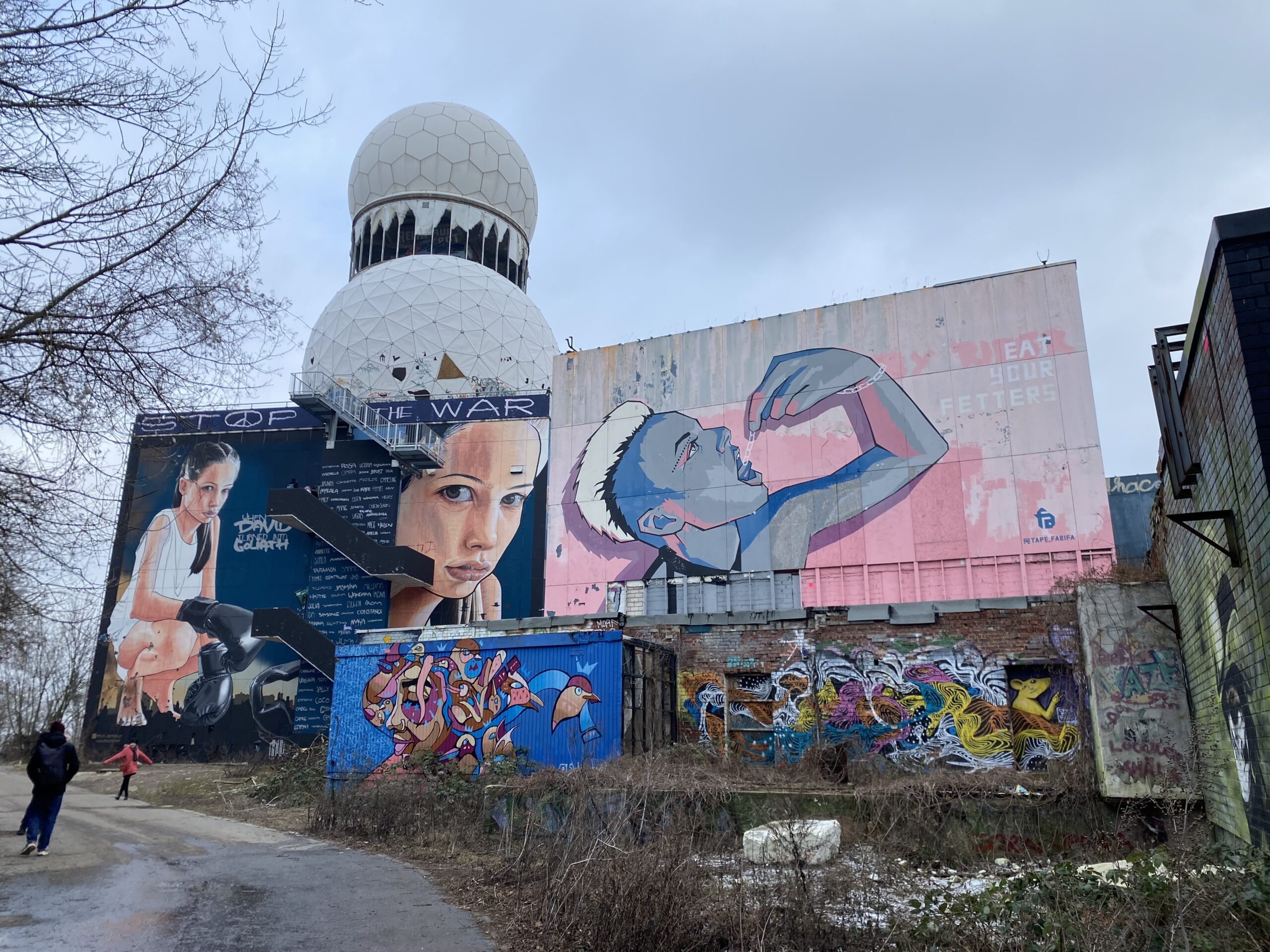
Public transportation in Berlin
Berlin has to be the best city in Europe for public transport. Berlin is a city of more than 3 million people, but it is evenly spread throughout its neighborhoods. Due to this, an efficient public transport system is necessary!
To put it simply: the main forms of public transport are the U-Bahn (subway), S-Bahn (ground rail), TRAM, and bus system. When purchasing tickets, do not worry about buying induvial bus or train tickets. The tickets are based off time intervals, like 30 minutes, 1 hour, or multi-day tickets from the point when you validate them. Berlin is split between 3 different transportations sections based on pricing: A, B, and C. Most tickets that you buy should be AB tickets, as you will only need C tickets for places further away (like the airport).
Overall, public transportation will always be your best option in Berlin! As intimidating as it may seem, it is always a great expereince figuring out transporation in any city. Download the BVG app for bus and train times, as well as logistics and notifications.
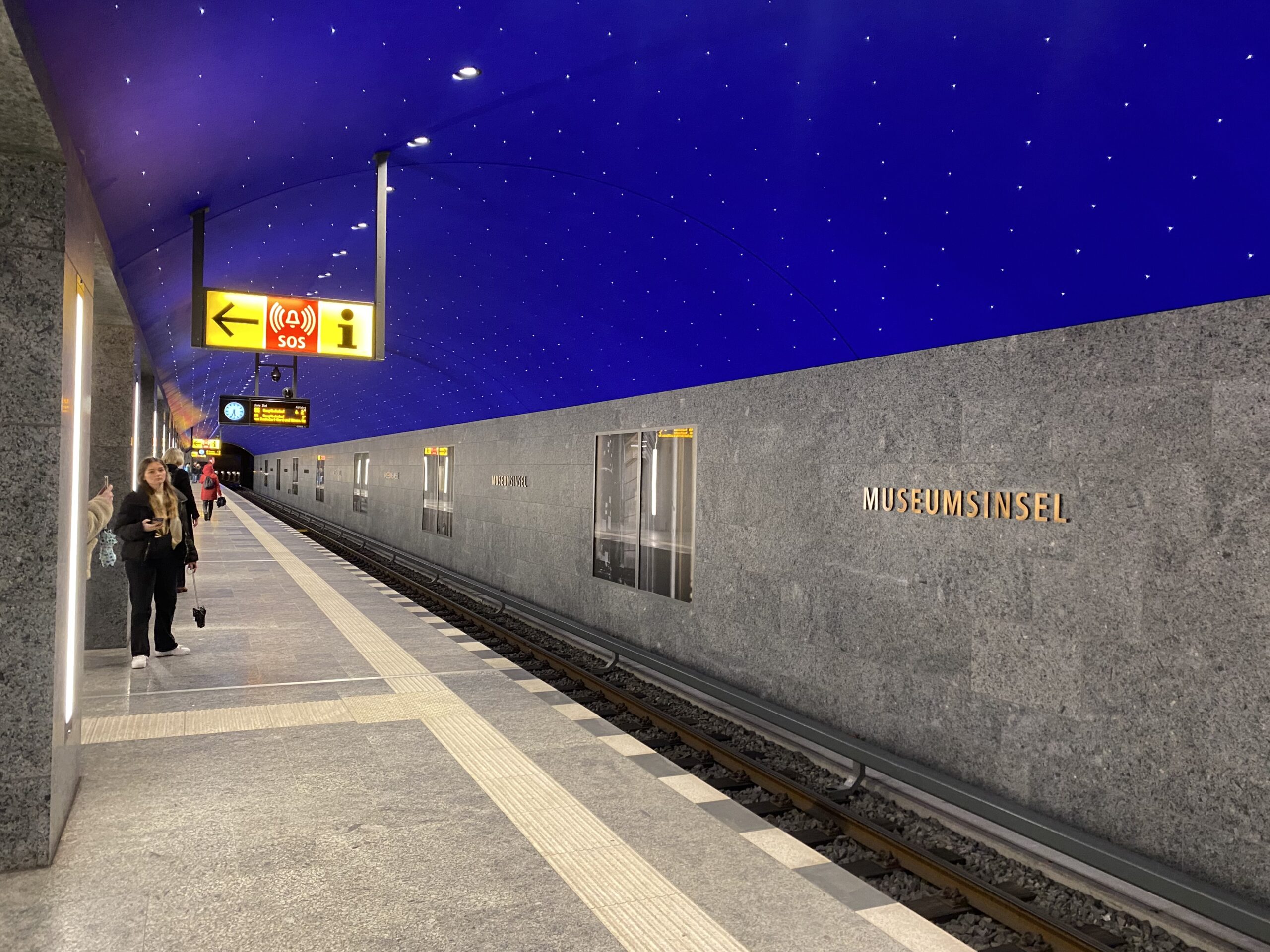
How much time is necessary to get a full experience of Berlin?
Berlin is a city of endless activities. Most travelers browse past Berlin in a weekend. Like any place, the only way to get a true feeling for a city is to stay as long as possible. However, if you can only spare a few days, I wrote a walking Berlin guide of some of Berlin’s popular attractions. The more time you spend in Berlin, the more you will fall in love with it!
Conclusion
Berlin is a budget traveler’s dream city. With cheap beer, affordable hostels, and a seamless public transportation system, Berlin has it all. This Berlin guide is perfect to use as a resource before you take a journey to the German capital!
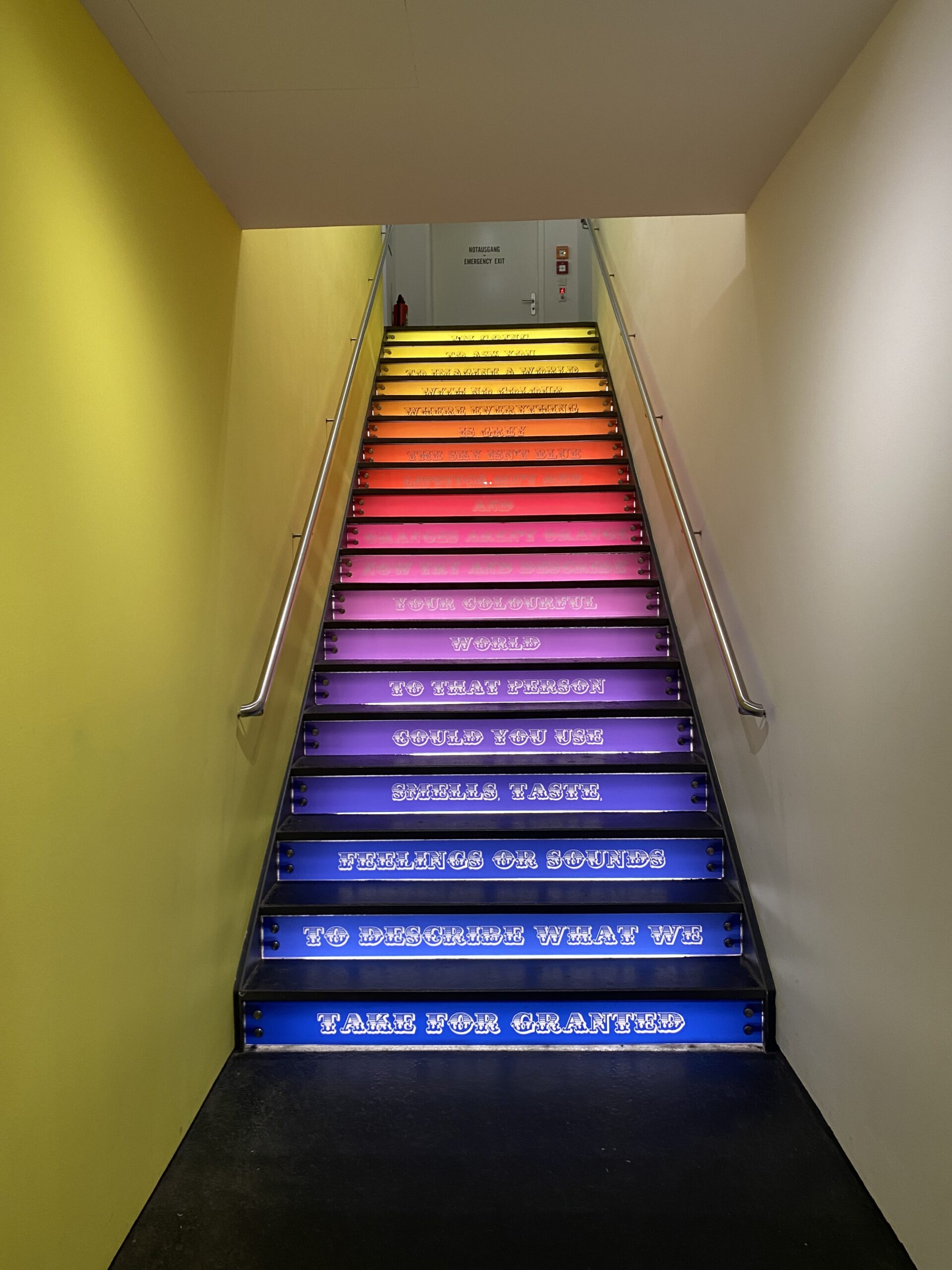
Other random tips for saving money in Berlin
- Kebabs are Berlin’s best street food. You will find them everywhere. Avoid buying them in busy areas like Alexanderplatz or transportation stations. The best neighborhood for a super cheap kebab is Neukolln (in my opinion).
- Buy multi-day train passes rather than hourly. You will find yourself using the buses and trains more often than you expect.
- Look for nighttime events at Resident Advisor. This website is the best for finding the best techno parties in Berlin.
- Bring rain gear. Berlin is quite rainy, especially in the winter and spring time.
- Aldi has the cheapest produce and goods with same quality as larger grocery stores, however they lack variety.
- Do not ever buy anything in Alexanderplatz. It is a tourist trap and locals avoid this area altogether.
- Spät Kaufs (late shops) are the best things Berlin has to offer. They are often referred to as Spätis, and are the best value for a quick beer. Depending on the neighborhood, a .5 L beer will only cost €1-€2. As you will soon notice, it is also legal to walk around with an open beer.
- When buying beer in supermarkets, consider there is an extra charge of €0.09 for every bottle and €0.25 for every can you buy. Make sure to keep them and return them to any grocery store to get your refund. You will notice everyone does this.
More from Germany…
Kotor, Montenegro, is one of the most beautiful places I have ever travelled. The city is surrounded by cliffs that…
Zadar, Croatia is an adventurous city along the Adriatic coast in central Croatia. With islands, castles, beaches, and even waterfalls,…
Ljubljana is the gorgeous capital city of small country of Slovenia. While being centrally located, the city is a perfect…
Berlin is one of the most affordable Western European cities, however as a visitor, it is important to follow general…
Introduction This brief article gives you some recommendations of some of the best cheap bars in Berlin! I lived in…
Berlin is one of the best cities in the world for sightseeing. Popular sites such as the Brandenburger Gate, Berliner…

